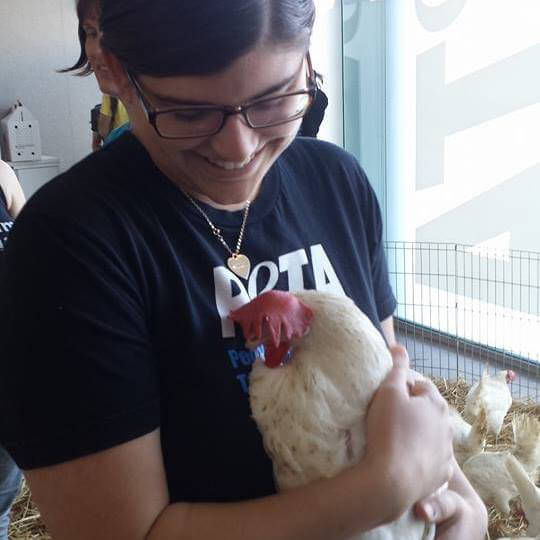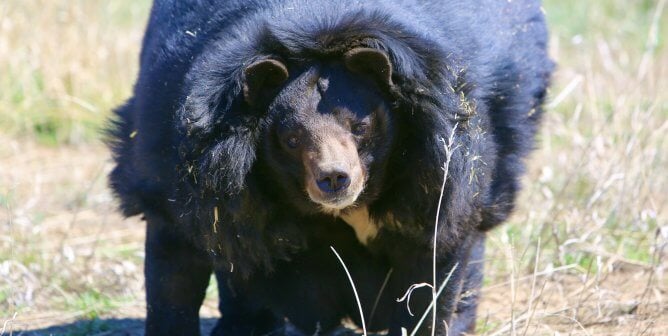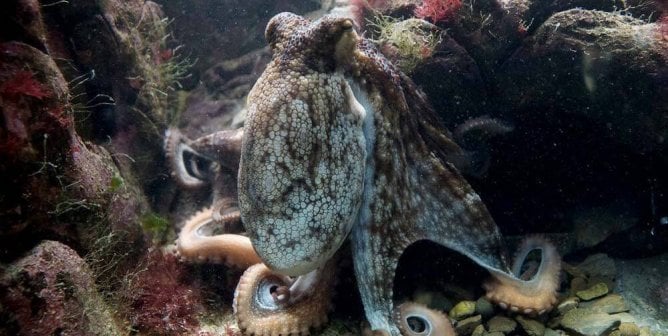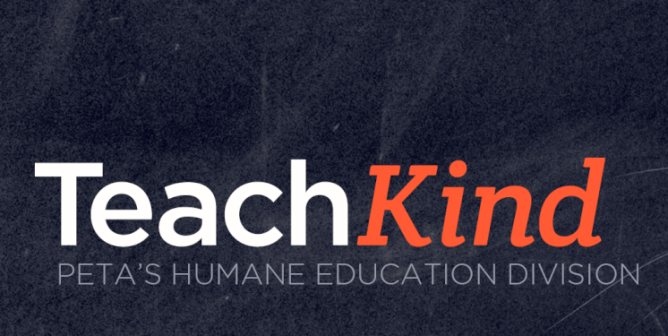39 Images and Daily Writing Prompts That Will Help Your Students Develop Empathy for Animals
Humans often separate themselves from other animals by focusing on their differences. But what if the differences weren’t so meaningful, after all? Like us, other animals have unique needs, wants, preferences, and personalities. Many have complex social systems, emotional intelligence, and close bonds with family and friends. And they communicate in languages that we’re only just beginning to understand. The more we learn about animals, the more we can see ourselves in these sentient beings—and by encouraging students to relate to them, we can build a fertile ground in which empathy for animals can grow and flourish.
By incorporating ongoing activities in your classroom that help students not only learn about animals but actually relate to them as fellow individuals, you’ll start bridging some of the cognitive and emotional gaps that our ingrained speciesism wedges between ourselves and other animals. When we start to see ourselves in animals’ behavior, a lot of questions start popping up about the way we treat them—and we’re much less comfortable and more likely to think twice about making choices that exploit them or otherwise negatively affect their freedom and well-being.
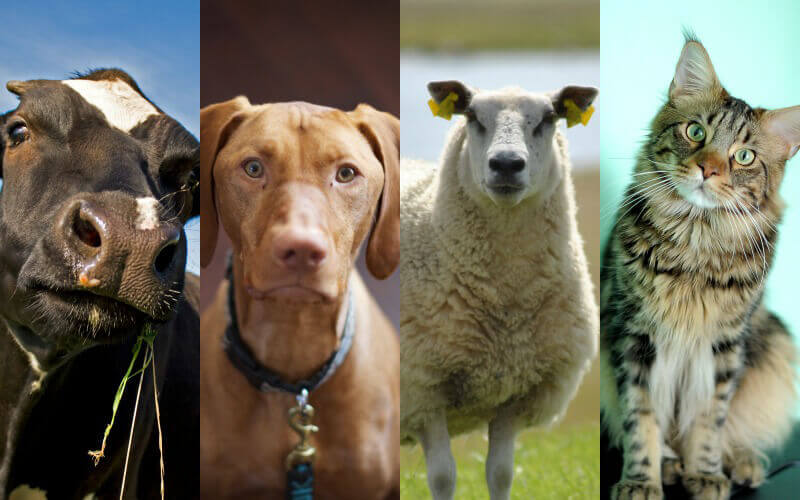
Many teachers implement a fun, simple, thought-provoking writing prompt as a warm-up for the day’s activities in their classroom. These warm-ups can help students make the transition from whatever was going on before class and gain a quiet, reflective, open mindset before the rest of the day’s activities. Whether you designate a five- to 10-minute block of time for warm-ups at the beginning of each period or just use them as a nice way to begin or end the week, they serve as a perfect opportunity to help students learn about and relate to animals—and reflect on the animal issues they learn about—on a regular basis.
Below are 39 images and videos that are each paired with a simple writing prompt for your students, based on this popular PETA web feature. Some images and prompts are lighthearted and funny, while others are more serious and could bring out students’ deeper feelings (and may subsequently require further discussions or background information on the topic). By pairing each writing prompt with an image or a video as well as an anecdote or a fact about an animal, you’ll help students make deeper connections to the subject material—and you’ll have a chance to open the floor for more discussions about issues that affect animals and the ways we treat them.
Reference the following list for your daily or weekly classroom writing prompts. You can give your students the information below and have them answer the questions or follow the instructions:
1. We like taking selfies. What are your thoughts after discussing the story of PETA’s precedent-setting lawsuit in behalf of Naruto the macaque? Reflect on the practice of taking selfies and then share your opinion regarding whether an animal taking a self-portrait should own the rights to the image. Explain why or why not.
(Teachers: Read or summarize the article aloud for your students before this reflection.)
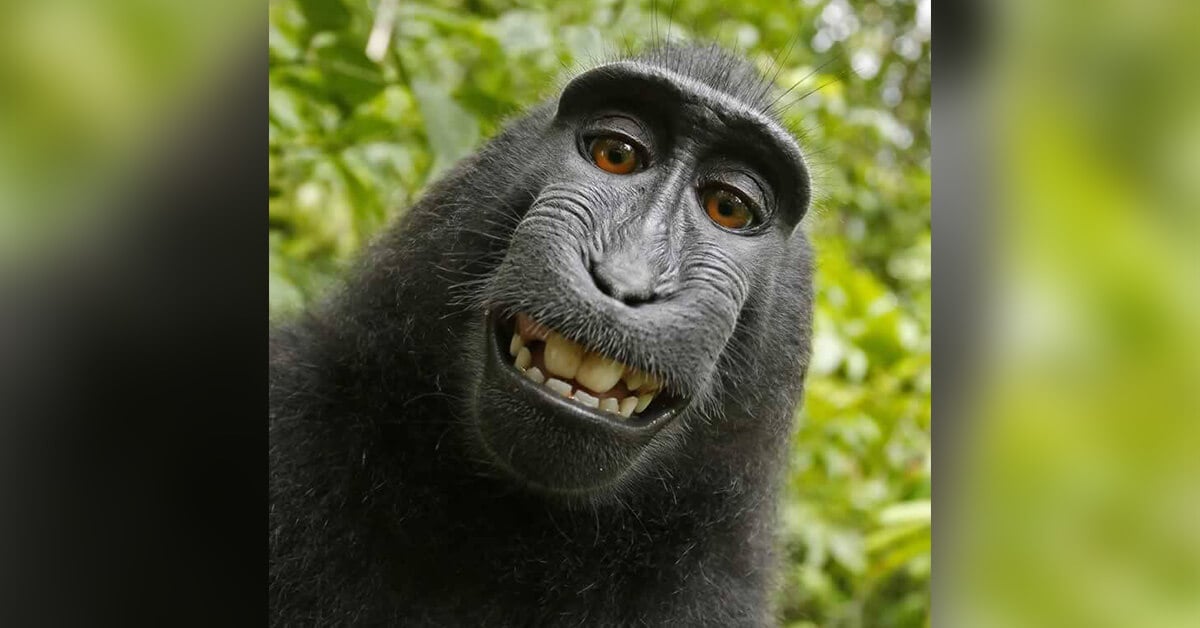
2. We show each other affection. Elephants are highly social, have strong emotions, and form tight bonds with one another. They feel joy, pleasure, and compassion as well as sadness and grief. After considering this and reflecting on the image, write about a time you showed affection to someone you care about. Describe how you did it and how it likely made the person feel.
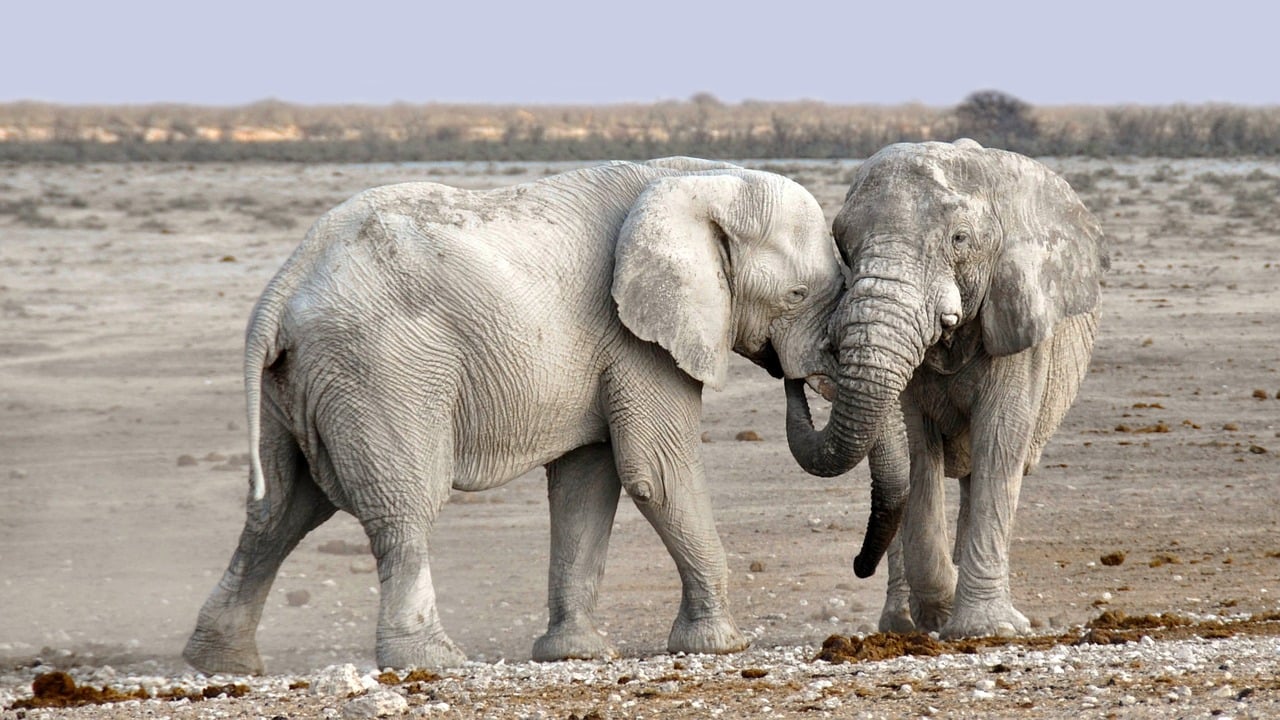
3. We comfort each other. How do you feel after watching this video of a fish who refused to leave his friend’s side when he became trapped in a net? Write about the feelings that the video evoked in you, and then liken the situation to a time someone comforted you or stayed by your side during a hardship.
4. We’re brave. Did you know iguanas can live for more than 20 years and grow to be more than 6 feet long? Check out this amazing photo, and reflect on why the iguana might be leaping across this distance. Then, describe a time you were brave and took a risk—and explain why.
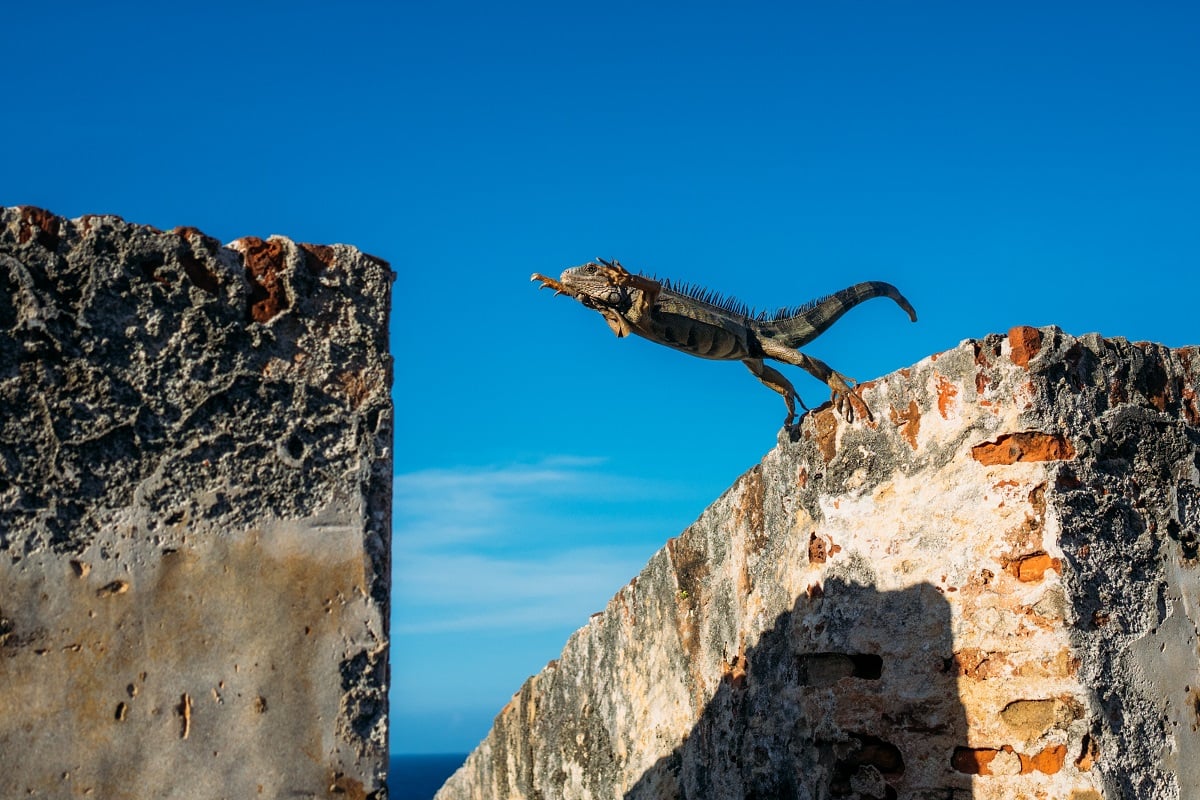
5. We have unique abilities. Spiders spin beautiful, deadly webs that look like works of art. The webs are similar in strength to nylon, but they’re much more elastic and less prone to breaking or losing their shape. Reflect on this unique ability, and then describe a unique ability of your own.
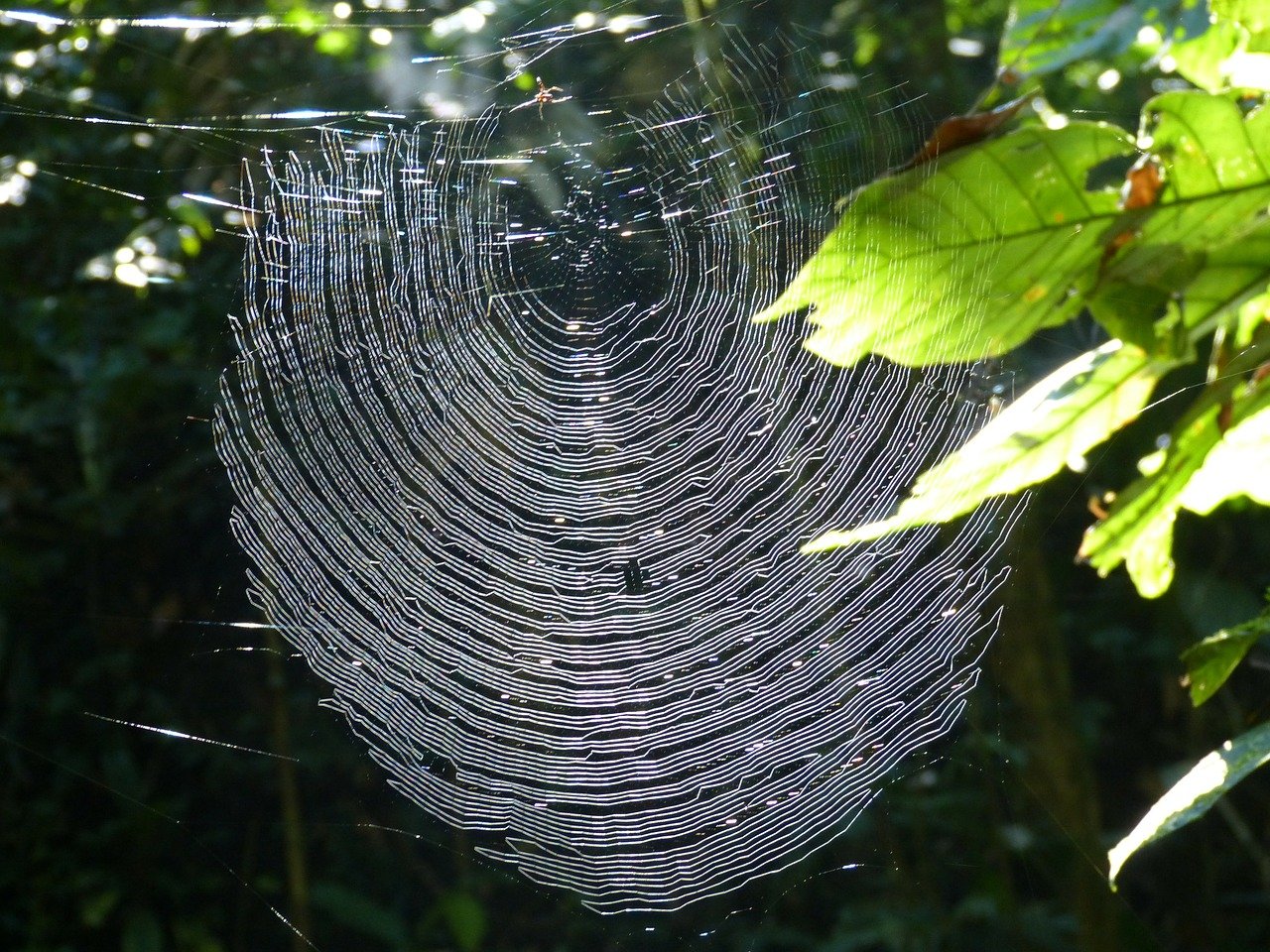
6. We want to know what’s for dinner. Goats get excited about their next meal, just as humans and other animals do! One scientist explains, “I haven’t found any goat [who] does not like pasta.” He has also said that they’ll “gaze at humans in the same way as dogs do when asking for a treat that is out of reach.” Reflect on the last time you looked forward to a meal, and describe what it was.
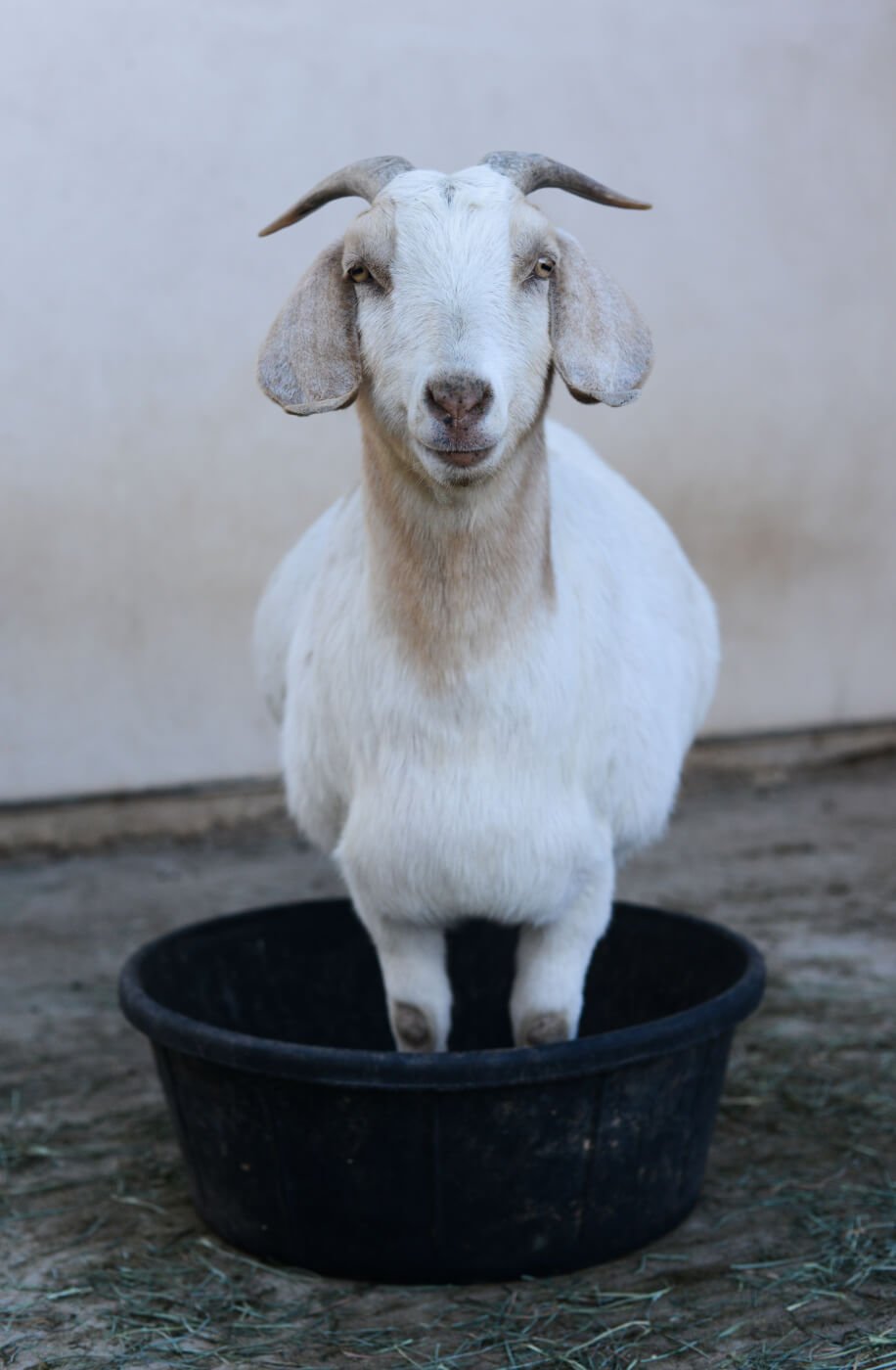
7. We all want to live. This is a photo of a pig who will be slaughtered for food. In order to get terrified pigs onto trucks bound for the slaughterhouse, workers may beat them on their sensitive noses and backs or stick electric prods into their rectums. Reflect on the feelings the pigs likely have in this situation—and the feelings you’d have if you were in the same situation. What are some ways humans can help pigs?
(Teachers: Share additional facts about pig transport and slaughter with students.)
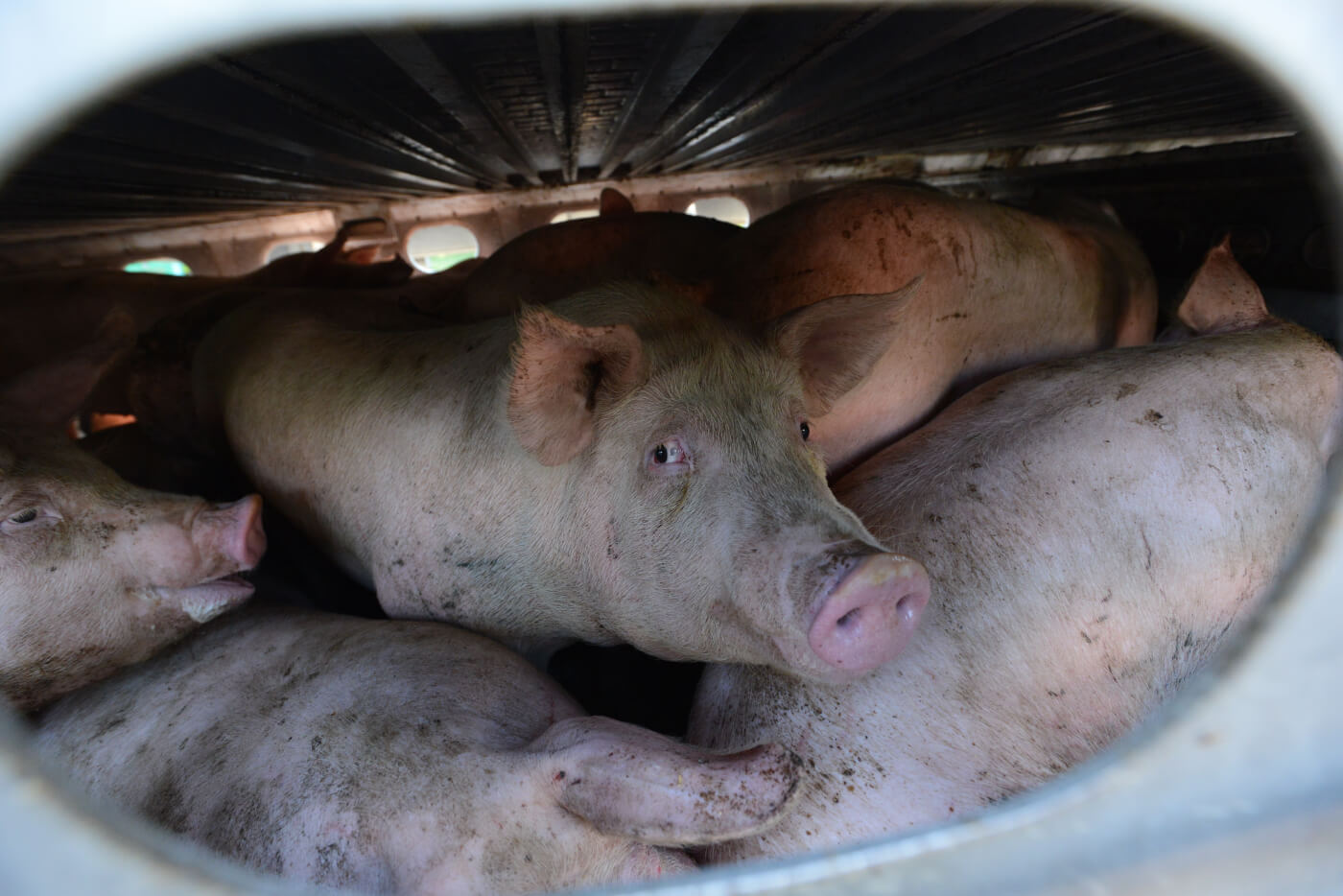
8. We smile when we’re happy. Just like us, cows are social beings who form friendships. And they’re smart: Researchers have found that cows not only have the ability to figure out problems but also enjoy the intellectual challenge and get excited when they find a solution, just as humans do. Write a reflection on reasons the cow in the photograph might have felt happiness, and then reflect on a recent time when you felt genuinely happy.
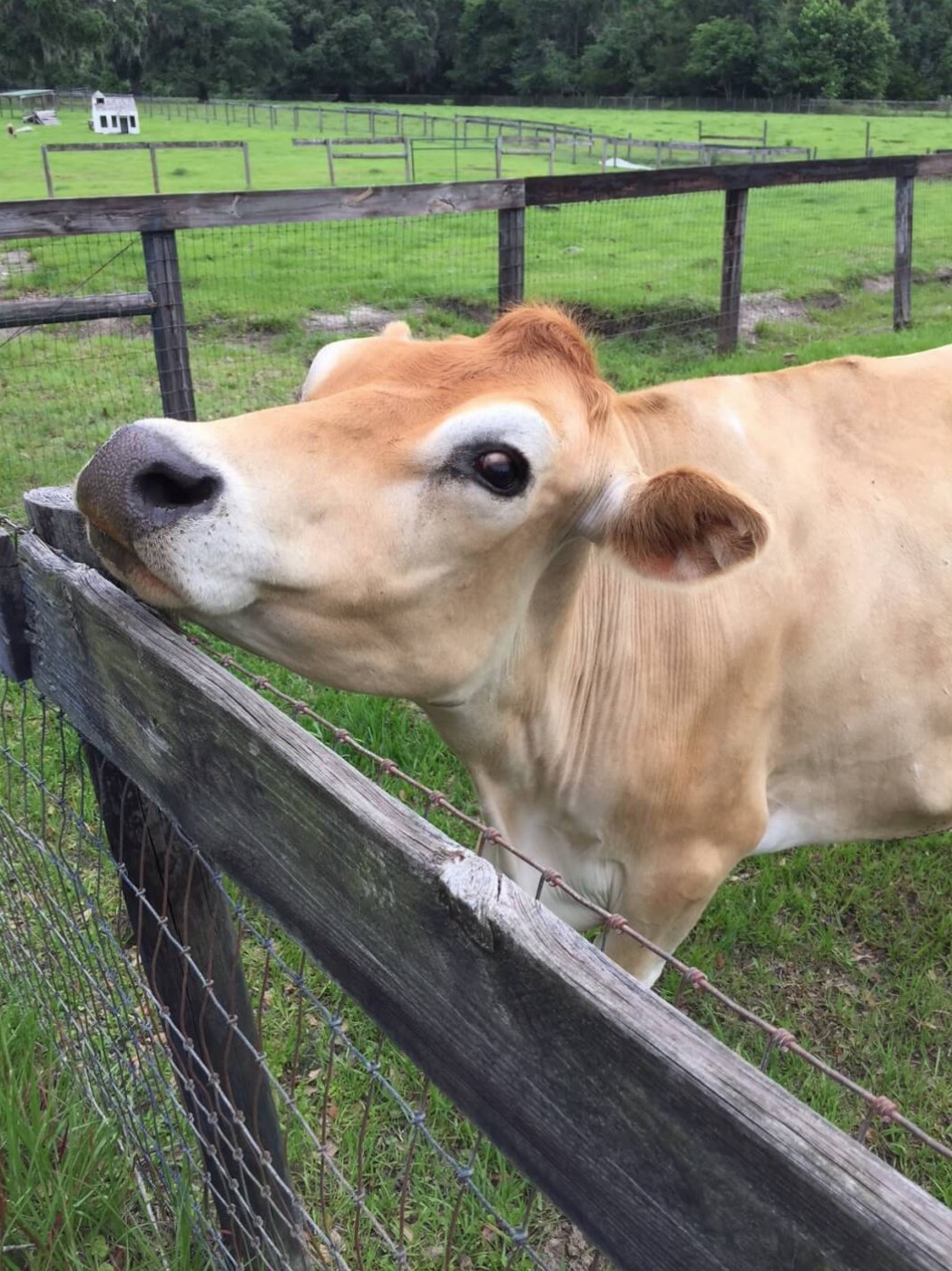
9. We cry when we’re sad or in pain. How do you feel after watching this video of donkeys crying when one of their friends passed away? Describe a time you cried in sadness or pain. How did it feel to express your emotions in this way? How did you feel afterward?
10. We create works of art. What are your thoughts after watching this video of a puffer fish creating beautiful images in the sand to attract a mate? Reflect on the concept of creating art to impress someone else, and then describe how creating art makes you feel.
11. We rely on friends and family for support. Lions are highly social creatures. They live in large groups called “prides,” and cubs stay with their mothers for up to two years learning how to hunt and bond with other lions. Reflect on these facts, and then describe ways you rely on your family and friends to teach and support you.
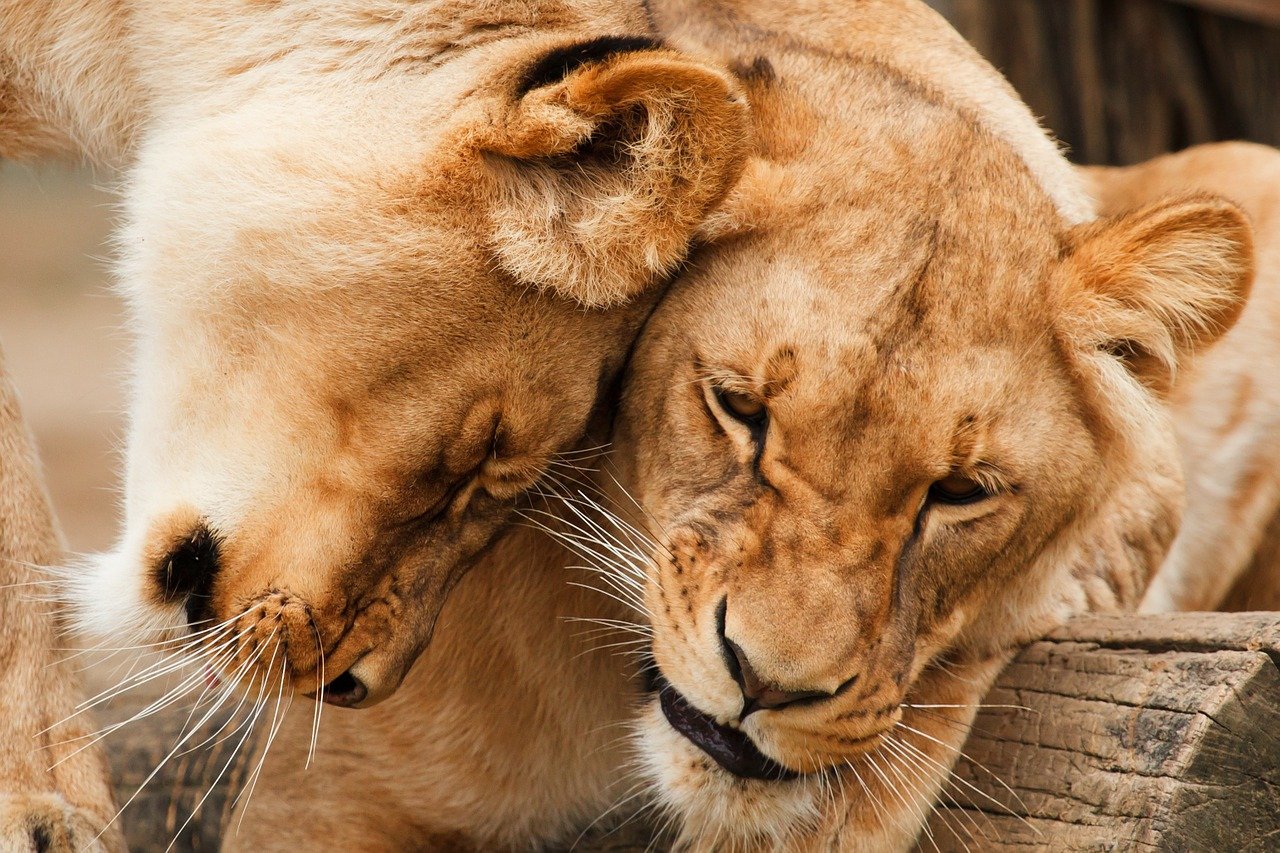
12. We don’t like to feel trapped. Feeling trapped is scary, and the betta fish in this image likely feels that way. Pet shops and other stores often sell bettas in small cups, containers, or vases. The fish often live with no enrichment in just a few ounces of water, which is hardly enough to turn around in, much less swim in. Have you seen betta fish living in such conditions? Describe how they must feel, and then describe a time you felt trapped.
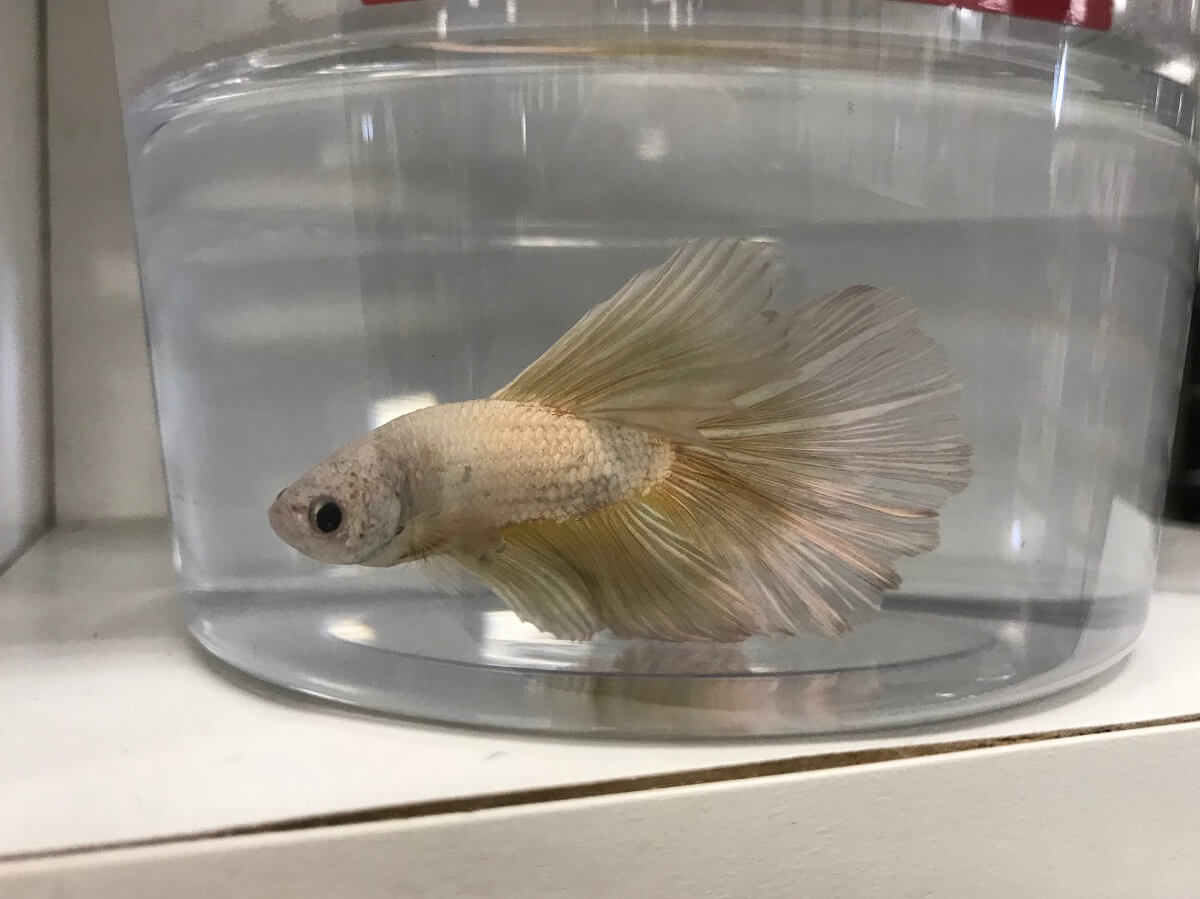
13. We all feel pain. Hacking apart octopuses and serving them as a Korean dish called “sannakji” is a cruel practice that takes place at restaurants around the country. As cephalopod expert Jennifer Mather explains, octopuses “can anticipate a painful, difficult, stressful situation—they can remember it. There is absolutely no doubt that they feel pain.” Reflect on the last time you experienced physical pain, and explain why you believe a restaurant would be willing to cut apart a live octopus.
(Teachers: Share PETA’s investigation into this practice with your students.)
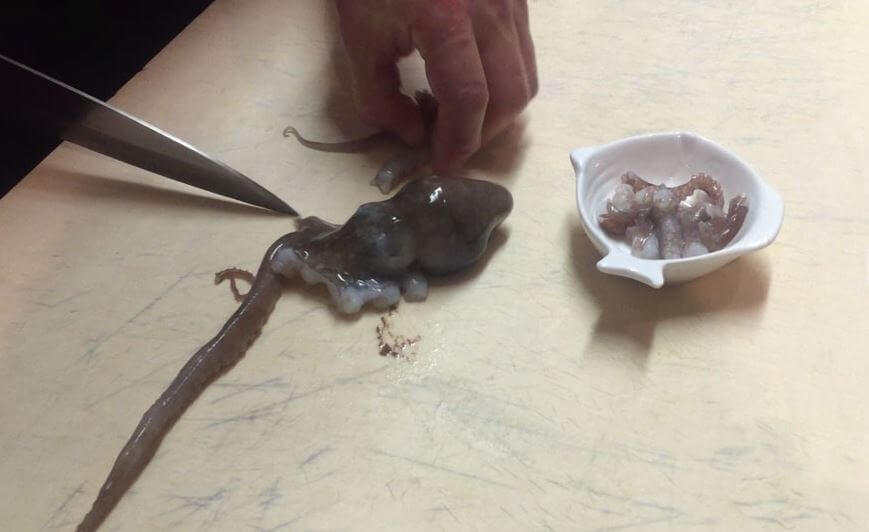
14. We put ourselves in harm’s way to save others. Are you surprised after watching this video of an iguana trying to save the life of a fellow iguana? Describe a time you took a risk to help someone or vice versa.
15. We love to sleep and relax. Seals love to chill and relax, just like us! It’s normal for them to lie on the sand or on rocks at the beach, out of the water. They enjoy warming themselves in the sun and also beach themselves to molt or give birth—so if you happen to see seals lying on the beach, don’t bother them, as this is a normal behavior that doesn’t indicate an emergency. They simply love to enjoy the sunshine. Now, describe your favorite way to rest and relax.
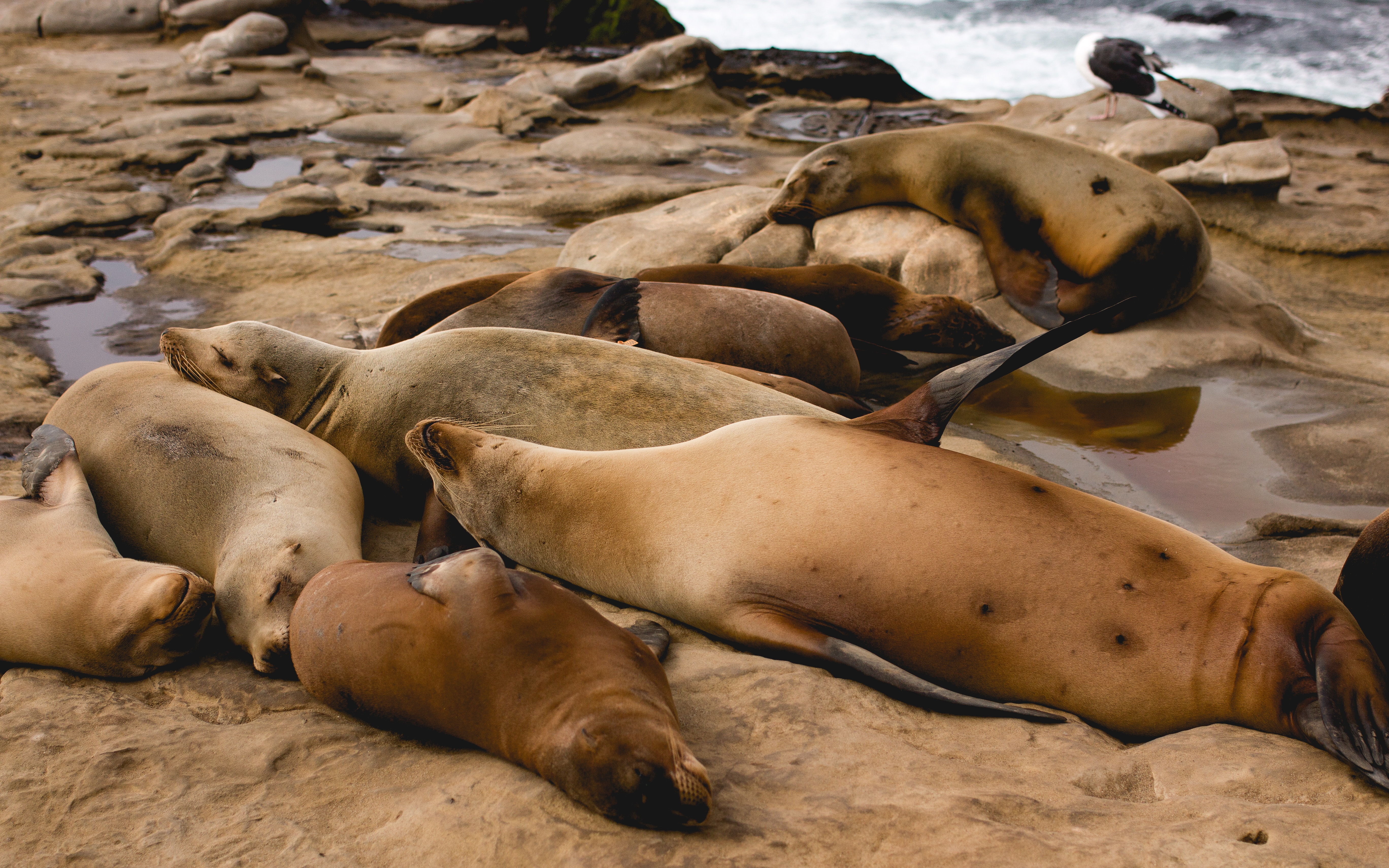
16. We express our emotions. Birds in nature are rarely alone, and if they become separated for even a moment, they call wildly to their flockmates. They preen each other, fly together, play, and share parenting duties. Many bird species mate for life, and the evidence of their close companionship and concern for one another is plain to see—as illustrated by the photo of these two affectionate budgerigars. Do you ever witness birds outside showing each other affection? Reflect on ways you express your positive emotions.
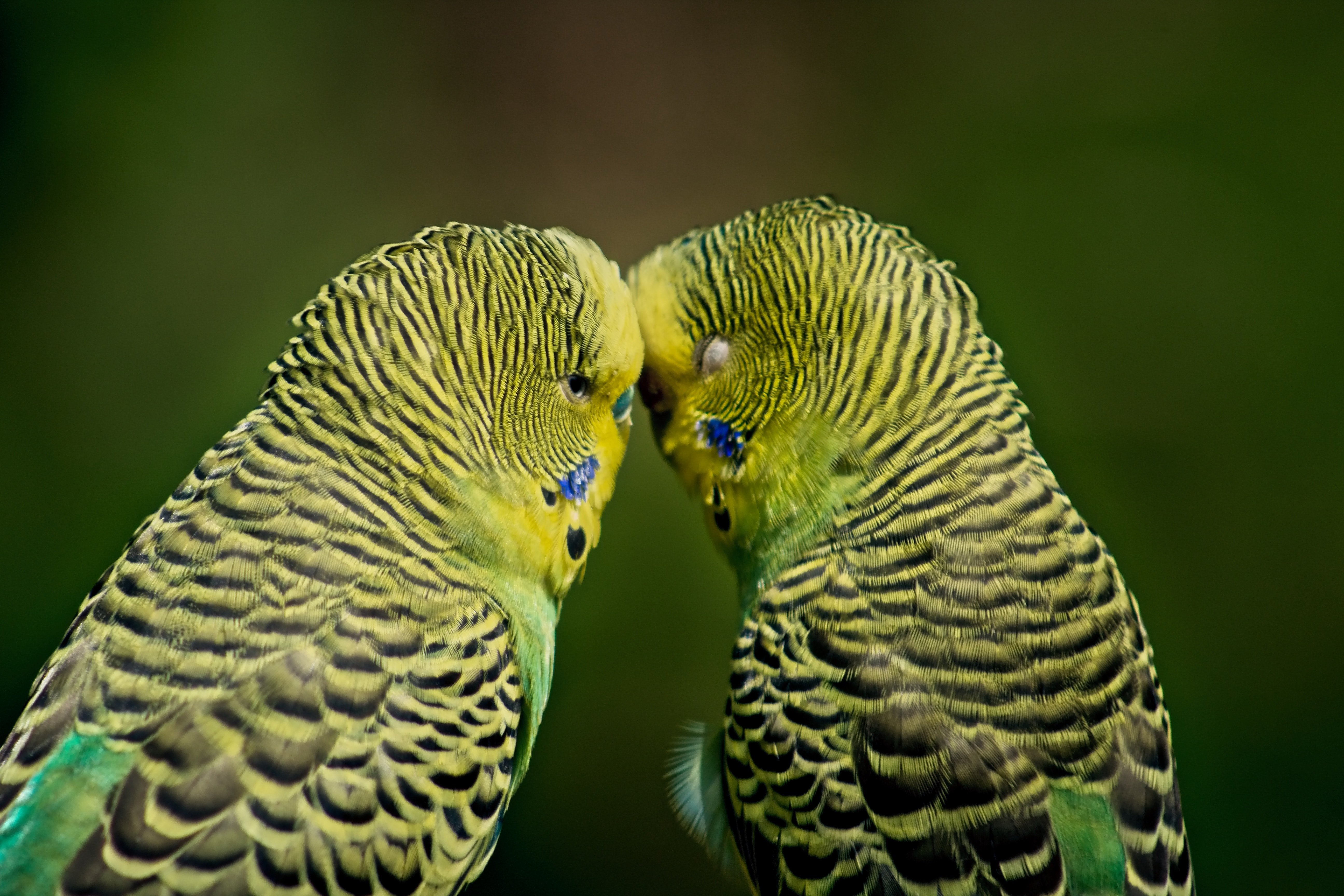
17. We’re hard workers. Phrases like “worker bee” and “busy bee” exist for a reason! A honeybee hive consists of tens of thousands of bees, each with their own mission. Worker bees are responsible for feeding the brood, caring for the queen, building comb, foraging for nectar and pollen, and cleaning, ventilating, and guarding the hive. Now reflect on something you’ve worked very hard on.
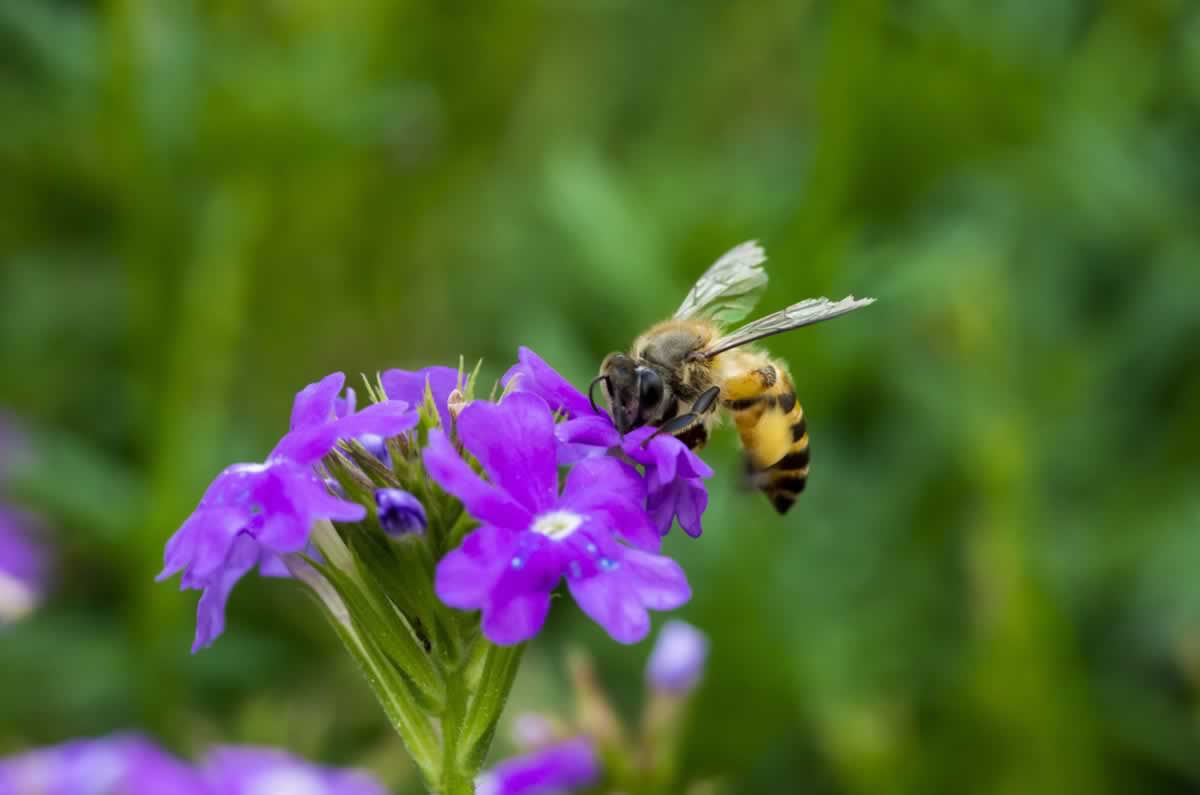
18. We’re curious. Birds are curious animals, and they’re often responsive and inquisitive when they hear unusual noises, such as ringtones, mechanical sounds, or music. Have you ever encountered this kind of curious behavior in birds in nature? Write your reflection, then share a few things that make you feel curious.
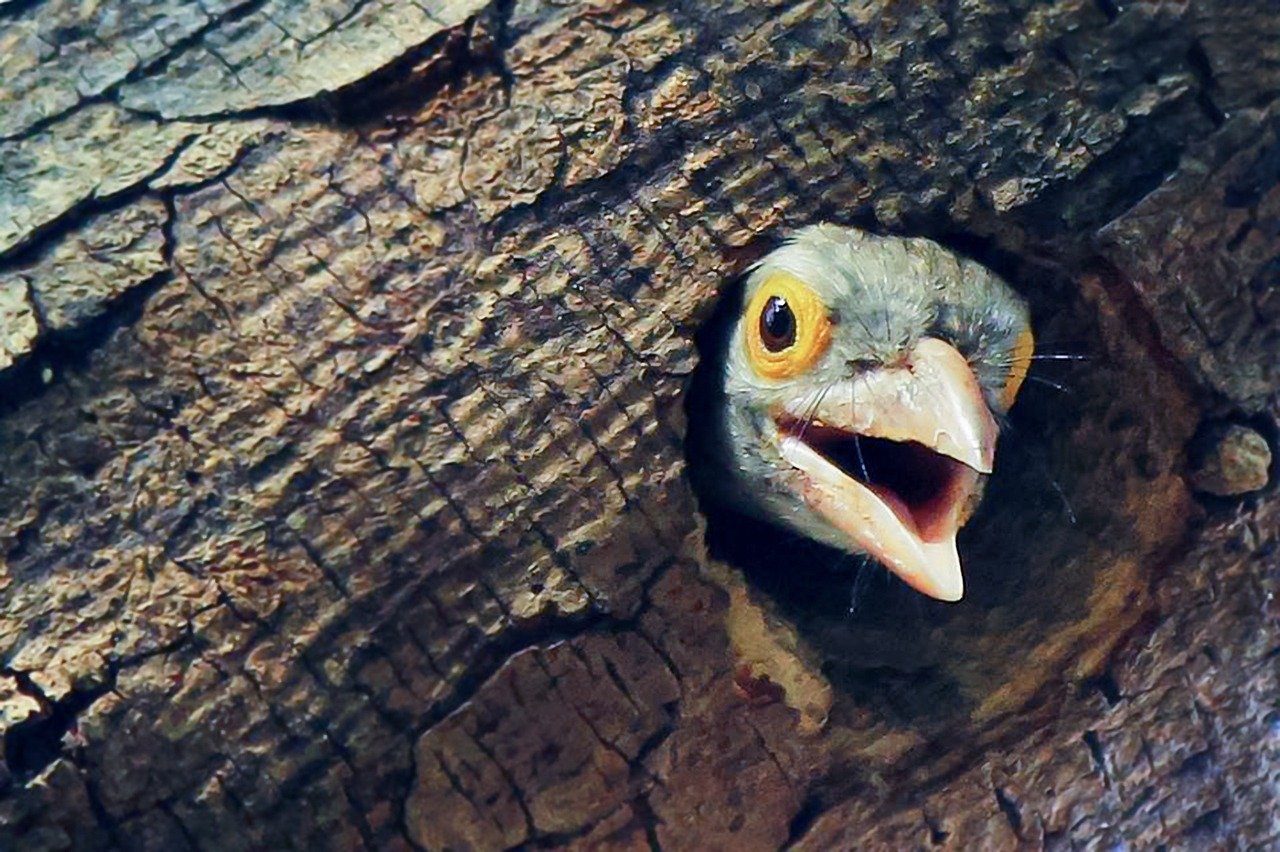
19. We love basking in the warmth of the sun.What are your feelings after hearing this story about the mice and rats who were rescued after being used in laboratory experiments and were photographed encountering sunshine for the first time? Mice and rats are highly social animals who use verbal communication, love their families, and form close bonds with their human guardians, yet there are no federal laws in the U.S. protecting the more than 100 million rodents who are exploited and abused in laboratories every year. Reflect on these facts and write how you think these animals must feel—then, describe an experience you’ve had in which you felt a similar way.
(Teachers: Read or summarize this article for your students, and share the collection of photos with them.)
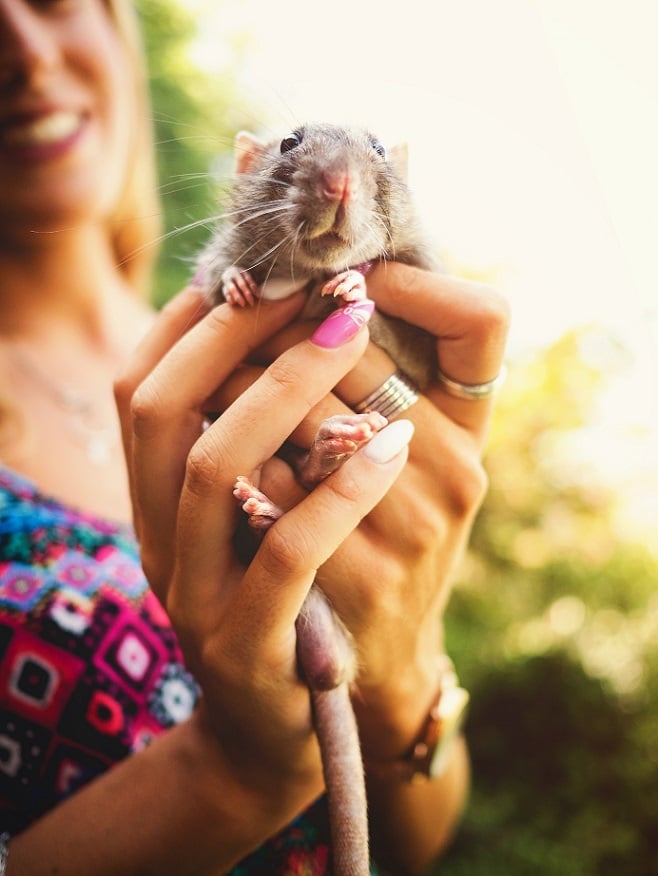
20. We want to take care of our families. Birds are attentive, loving parents. Male black-necked swans actually give their babies piggyback rides—the babies, called “cygnets,” ride on their dad’s back for warmth and protection when they’re first born. Reflect on this, and write about something your parent, guardian, or other caretaking family member does to protect you and show you love.
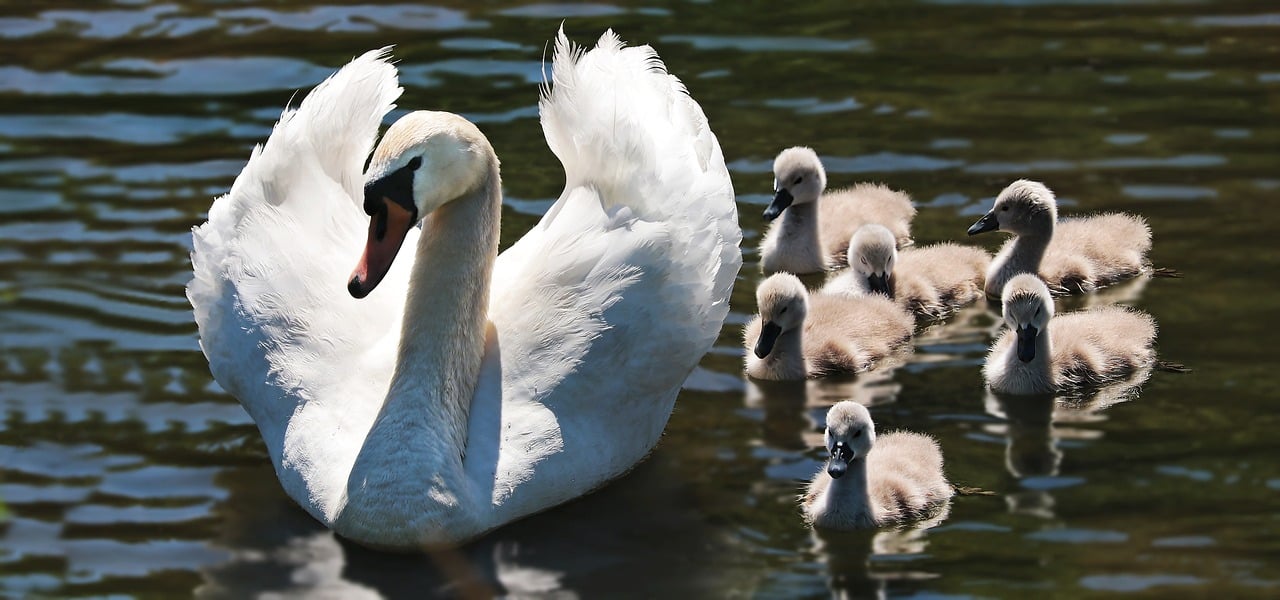
21. We feel loneliness. Countless dogs are chained outdoors in all weather conditions, alone and struggling to survive long days and nights without proper shelter from the elements. Often, they’re deprived of even adequate food, water, and veterinary care. They’re forced to spend their lives in solitary confinement in the backyard without any companionship, play, or exercise. Have you ever seen (or known) a dog who was forced to live outdoors in such conditions? Did you realize at the time that this treatment was wrong? Reflect on the responsibility of having a dog, then write about a time you felt helpless and alone.
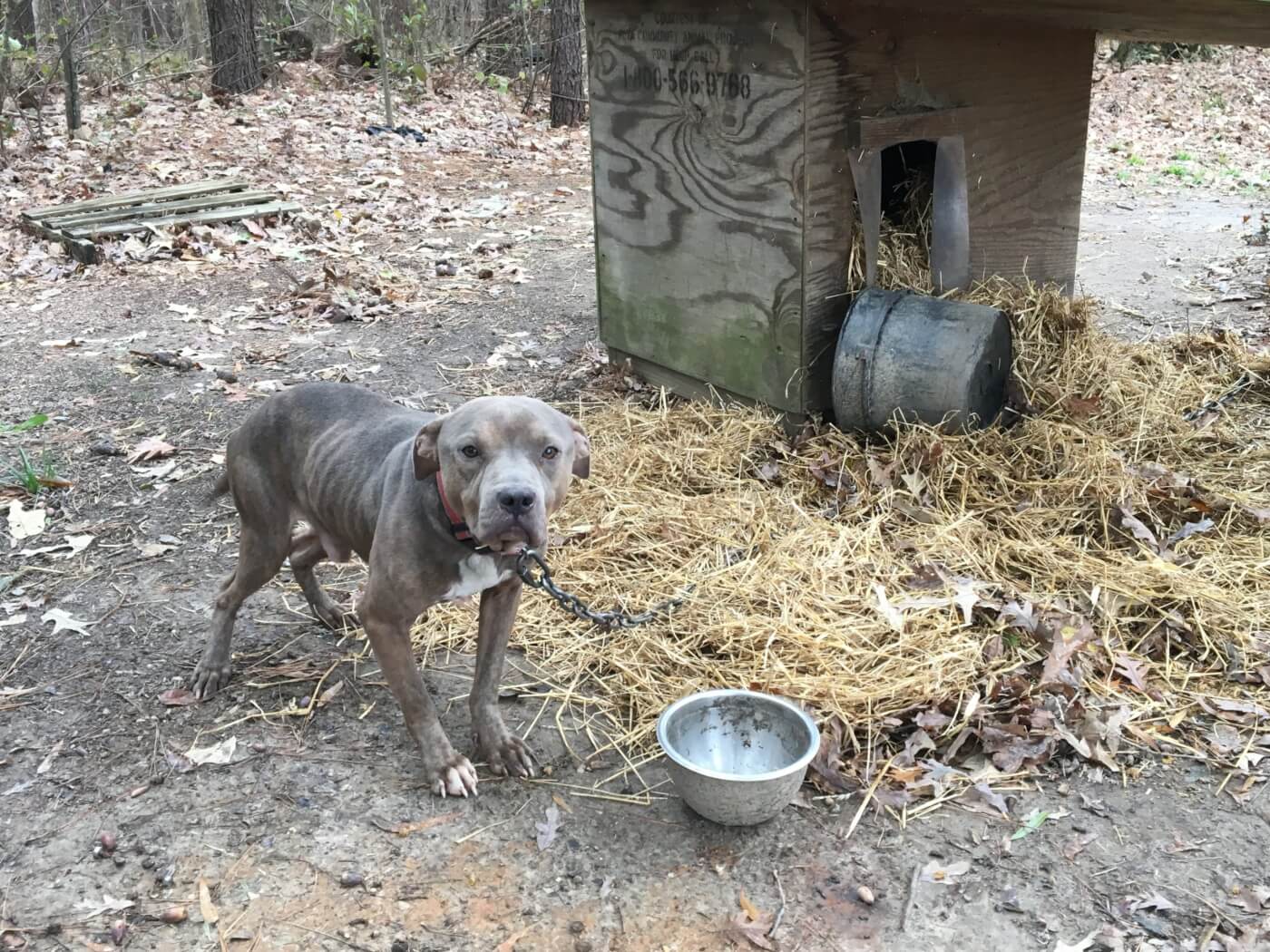
22. We can be ourselves around our closest friends. Just like us, animals like to feel comfortable and relaxed—and it helps to be around those you trust! Write about two people in your life you can be your true self around.
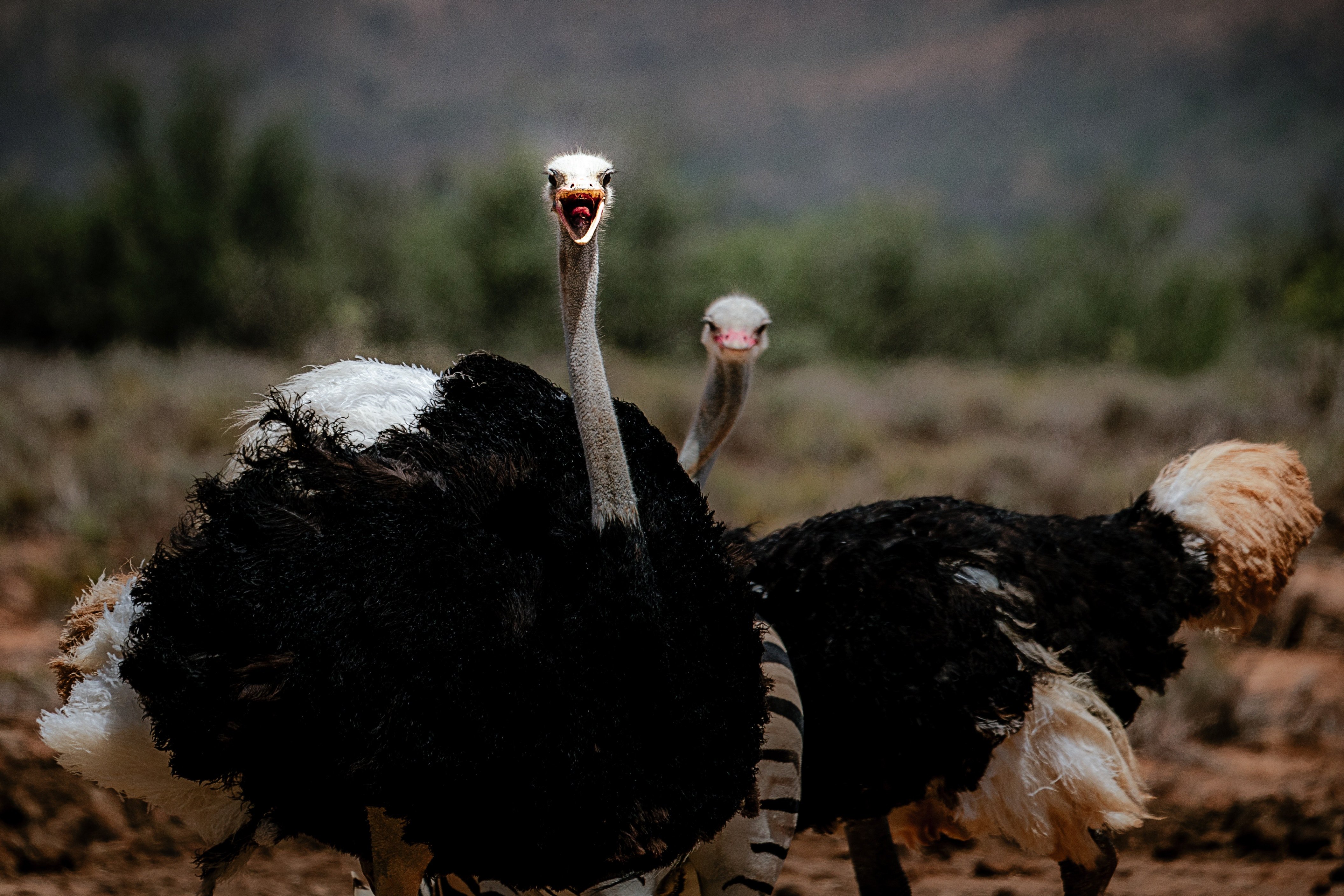
23. We have bad hair days. If you have hair, it can likely get a little kooky-looking—whether you’re a human or a squirrel, like this one with a funky ‘do. Is your hairstyle one important way you express your identity? If so, why? Write about your last bad hair day.
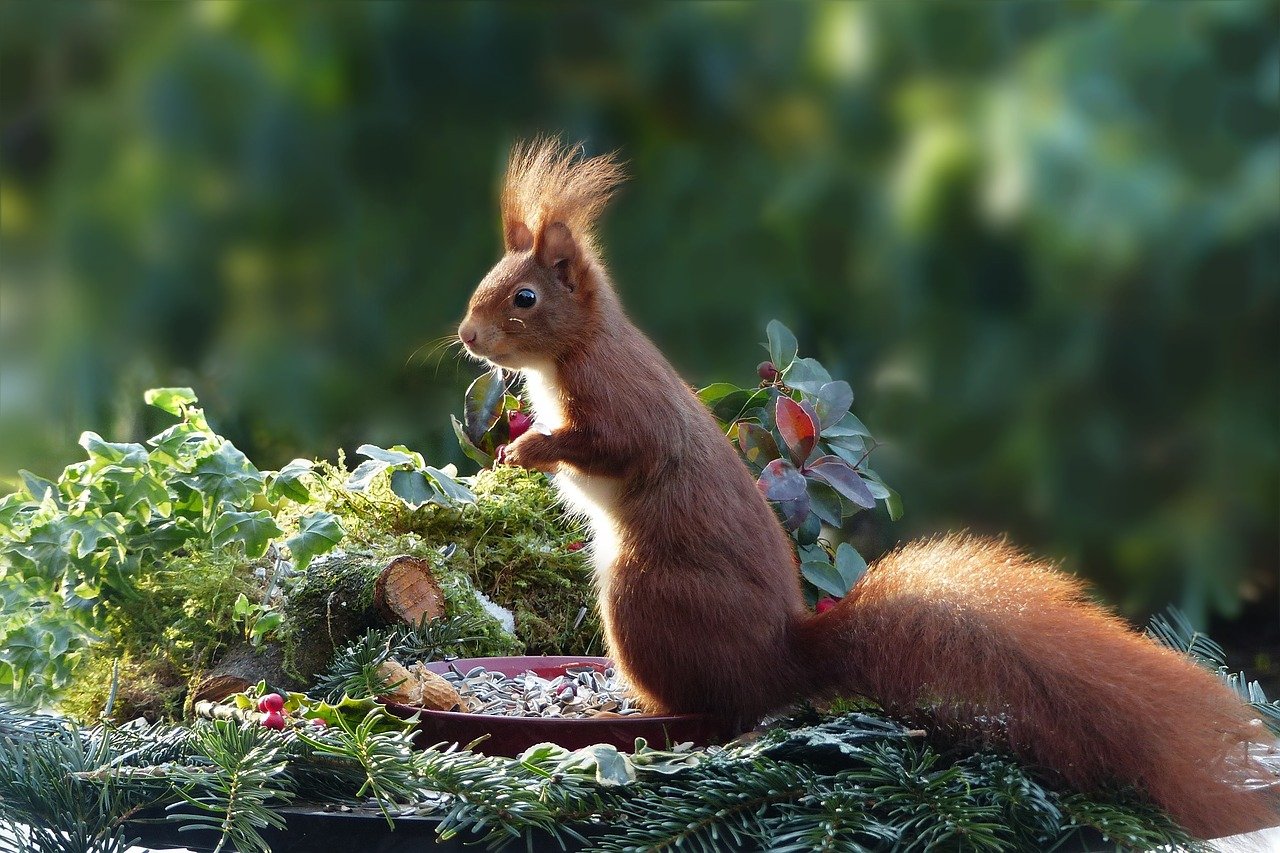
24. We pass on our knowledge to the younger people in our lives. We all want to pass on our knowledge to those who need it—parents teach their kids, and young people teach their siblings. After watching this video about polar bear cubs and their parents, write about an older person who has taught you valuable lessons.
25. We won’t let a perceived disability hold us back. Animals with disabilities can often learn to adapt—and do all the same things other members of their species can. Reflect on this, and describe how a disability has affected your life or how you’ve had to adapt in some way.
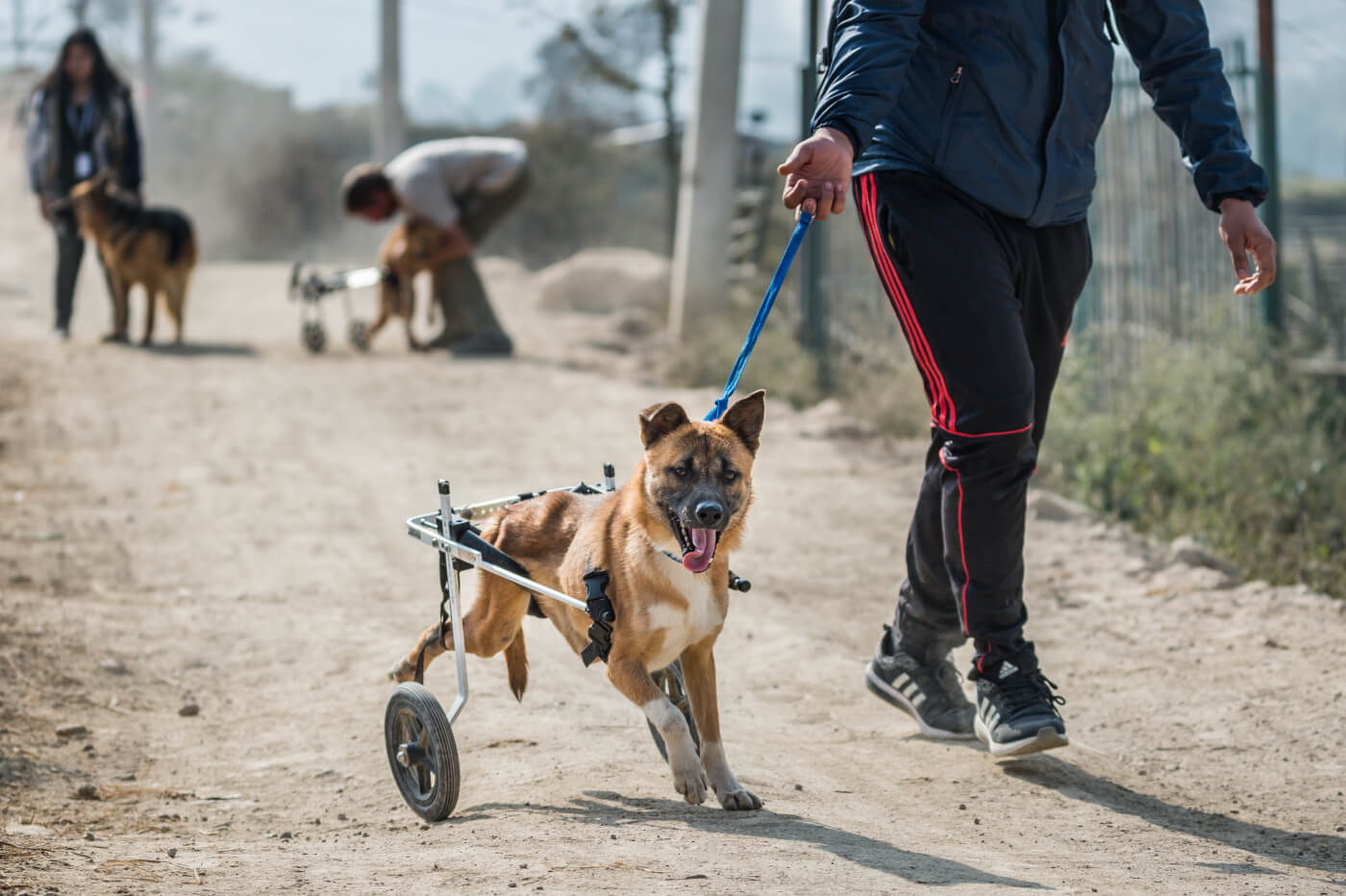
26. We know that working together makes life easier. Cooperation and teamwork help us achieve things that would be difficult to do alone—and animals know this instinctively! Flocks of geese fly in a “V” formation so that the birds in front reduce the air resistance for those behind them, which helps them fly about 70% farther as a group than they could on their own. They even rotate from the front to the back when they get tired, and those in the rear honk their encouragement to the leaders. Write about an occasion in your life when cooperation made a task easier.
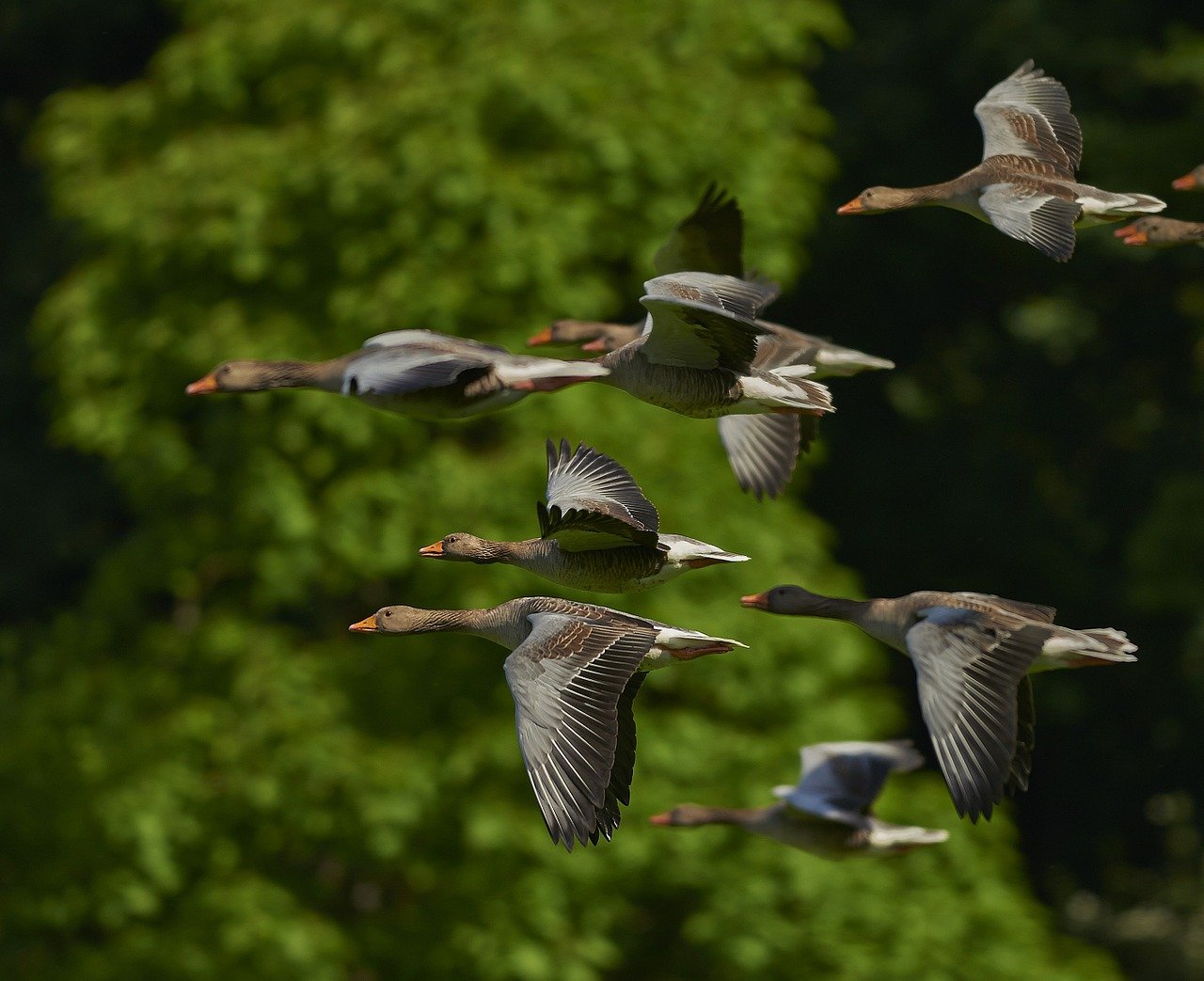
27. We’ll fight for our lives. Chickens used for food have no federal legal protection (as birds are exempt from the Humane Slaughter Act), almost all chickens are still conscious when their throat is cut, and many are scalded to death in the feather-removal tanks after missing the throat-cutter. How do you think chickens feel living and dying in such conditions? Describe how you might feel if you were forced to endure what they do. What is something humans can do to help chickens?
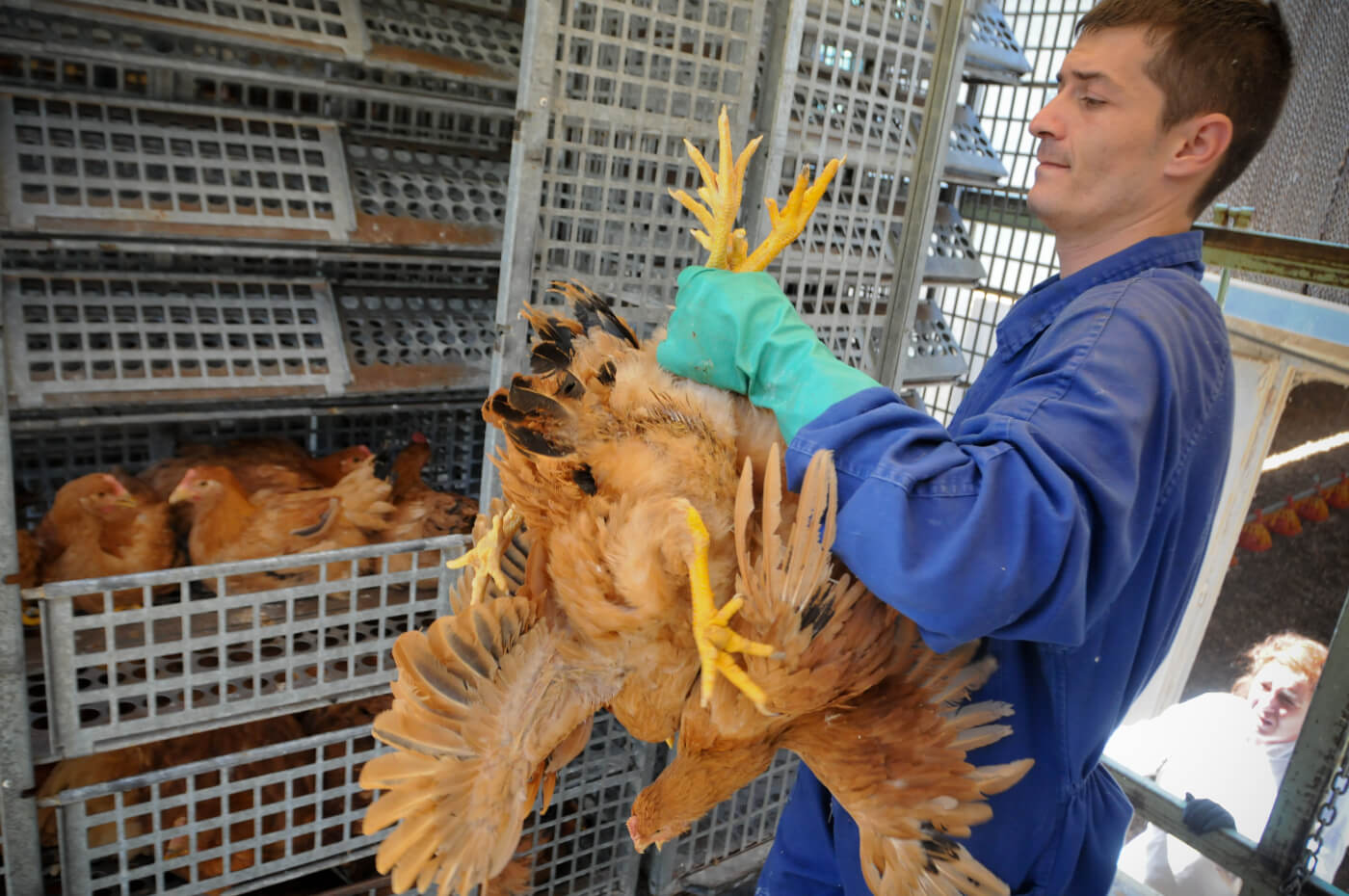
28. We’ll fight for our friends’ lives. How do you feel after watching this video of a pig who tries to save his friend from slaughter? Write about a time you stood up to help a friend or a friend stood up for you.
29. We like to keep warm under a comfy blanket on a cold day. Guinea pigs—like the one pictured here—love to nest and snuggle up. Write about your favorite way to relax on a chilly day.
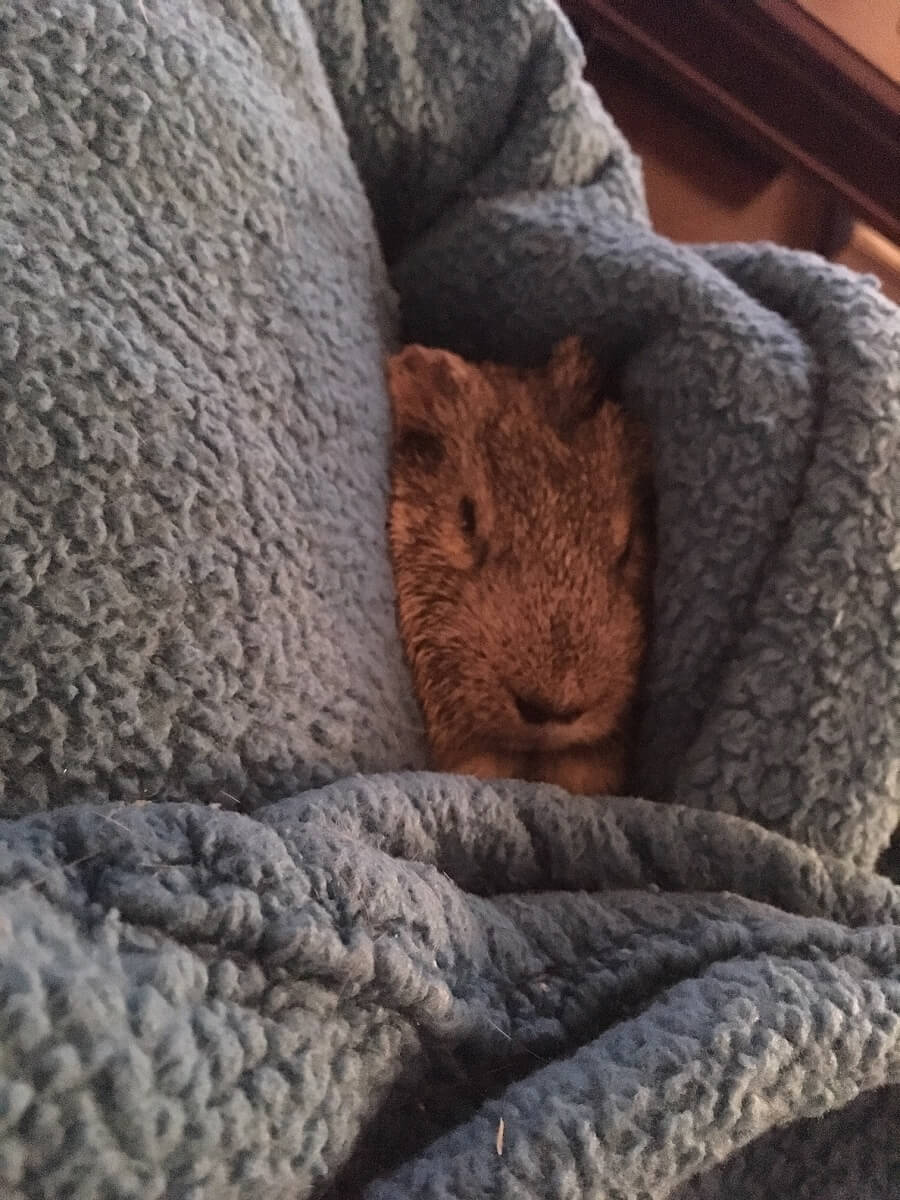
30. We intend to exercise but end up chillin’ instead.This hamster has a plastic ball designed to help keep him physically active and stimulated. But like us, animals sometimes just want to nap instead. What’s your favorite way to be physically active? Reflect on ways you stay motivated to do so.
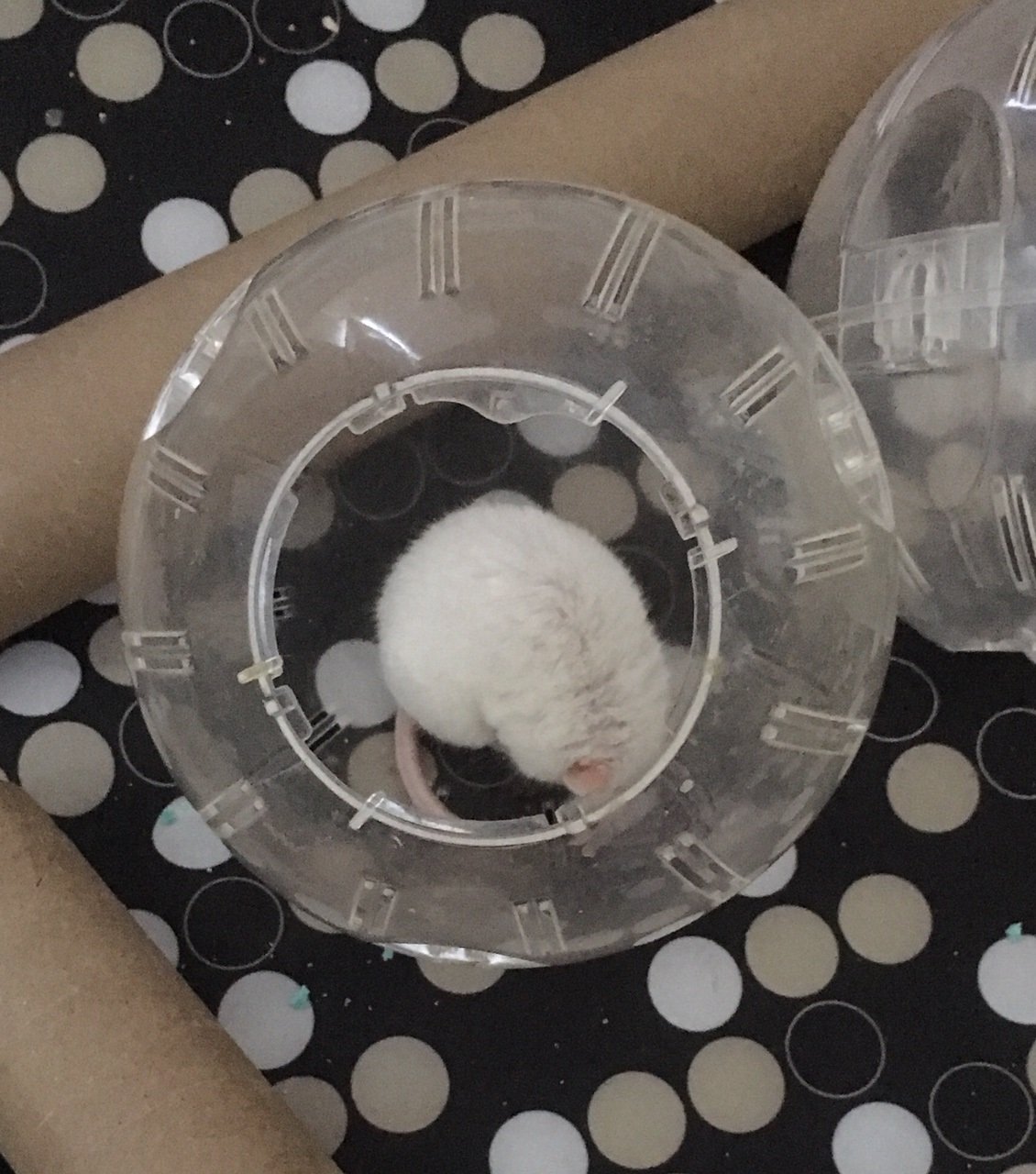
31. We like to spend time with our families and friends. Garden snails enjoy spending time with one another—in fact, it’s been observed that they prefer to dine with other snails rather than alone, even if it means sharing a piece of food. What are some of the ways you enjoy spending time with your loved ones?
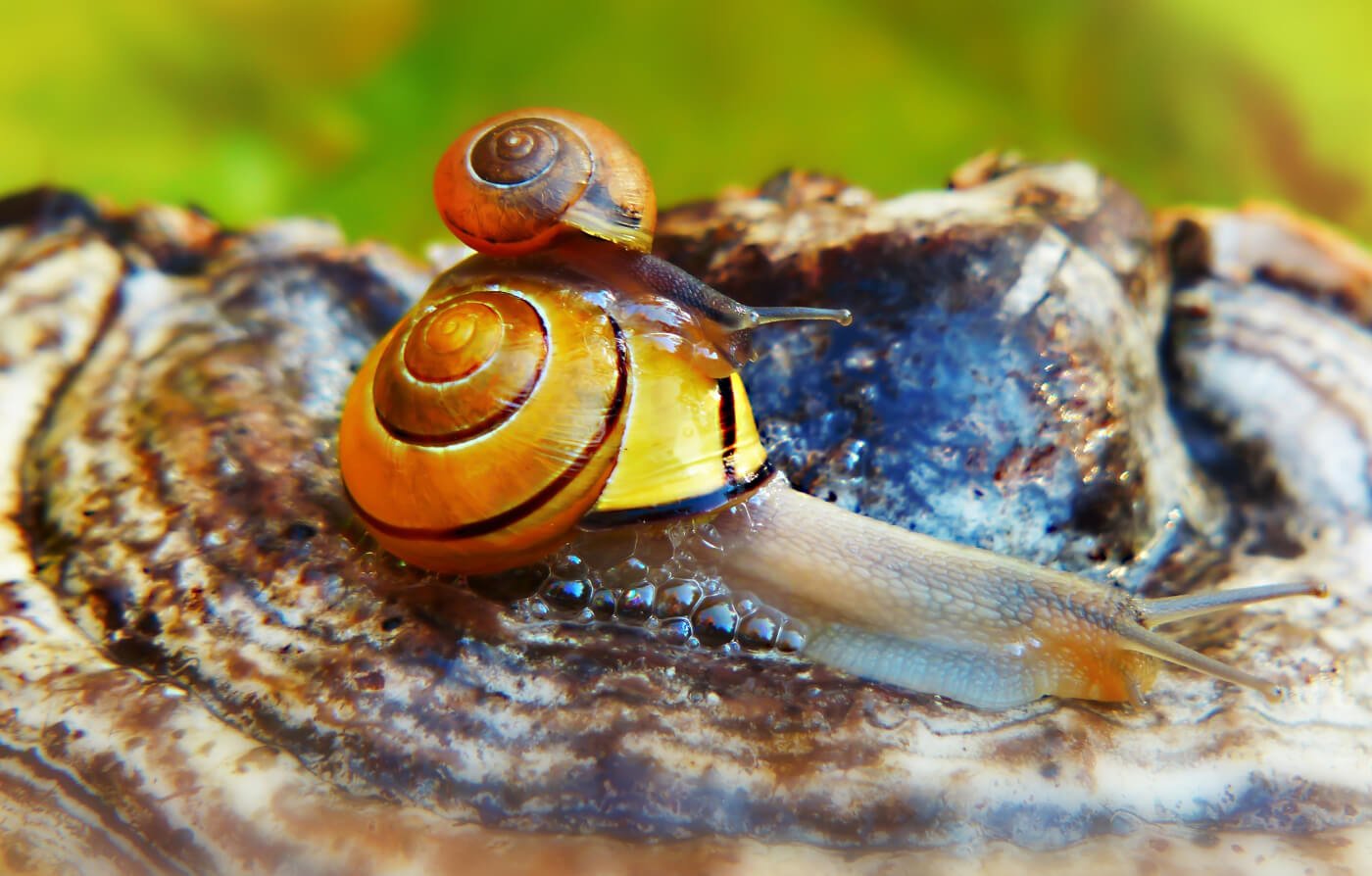
32. We learn to coexist with others.Although humans have taken over the vast majority of their traditional habitat, raccoons are opportunistic and curious animals who have learned to coexist with people. They’ve been known to pry the lids off sealed garbage cans, raid campsites and coolers, and even turn on the tap for a drink of water. Have you seen a raccoon doing something interesting in nature? Reflect on this, and write about ways you’ve learned to coexist with animals.
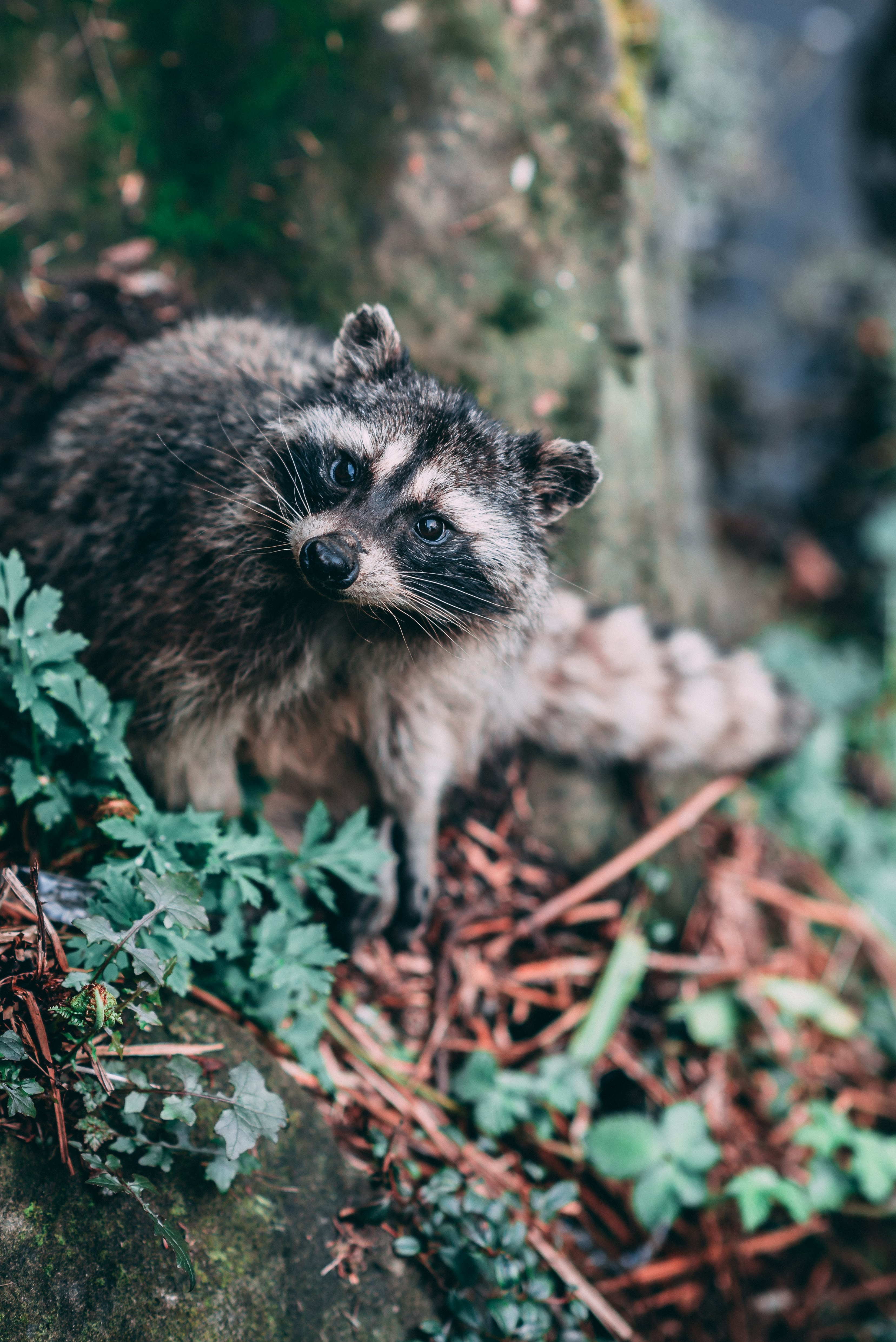
33. We enjoy swimming freely. In the wild, dolphins swim up to 60 miles each day, but when imprisoned for entertainment, they’re confined to cramped concrete pools filled with chemically treated water. What is your opinion on using marine mammals for entertainment? Write about the last time you had fun swimming.
(Teachers: Talk to students about reasons they should never patronize “swim with dolphins” programs or visit places that imprison marine mammals for entertainment.)
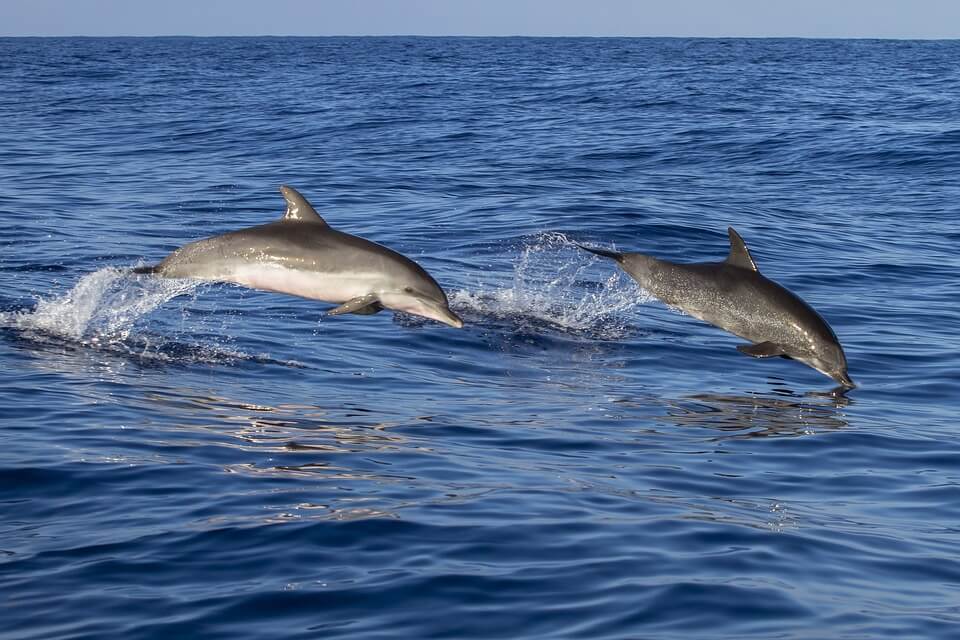
34. We all get scared. How did you react to this video of a coyote who was trapped for fur? Reflect on the fear this animal likely felt. Does it remind you of a situation you’ve faced that made you feel fearful?
35. We snuggle with our babies.Monkeys spend a lot of time with their families, scampering through trees and climbing hills. They care for their babies and have full, meaningful lives. Write about your experience spending time with or caring for a baby human or animal. What’s something you learned from this experience?
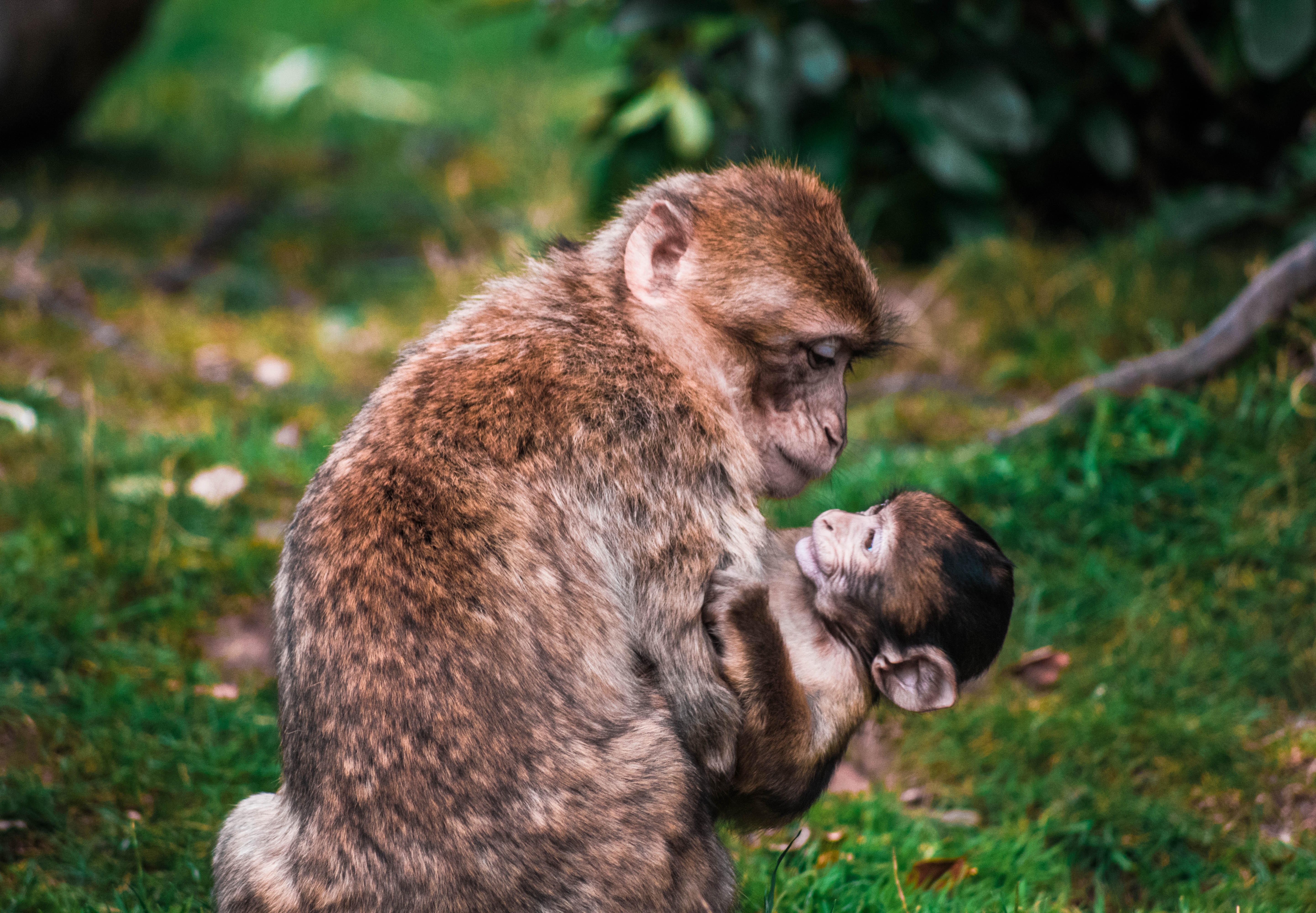
36. We enjoy a nice bath. What are your thoughts after watching this video of bears bathing, drinking water, and cooling off in Yellowstone National Park? Write about whether you prefer a relaxing bath or shower after a long day.
37. We each have a unique appearance. Chameleons can change color to match their surroundings, giving them a unique look. Write about your own unique physical qualities that you appreciate.
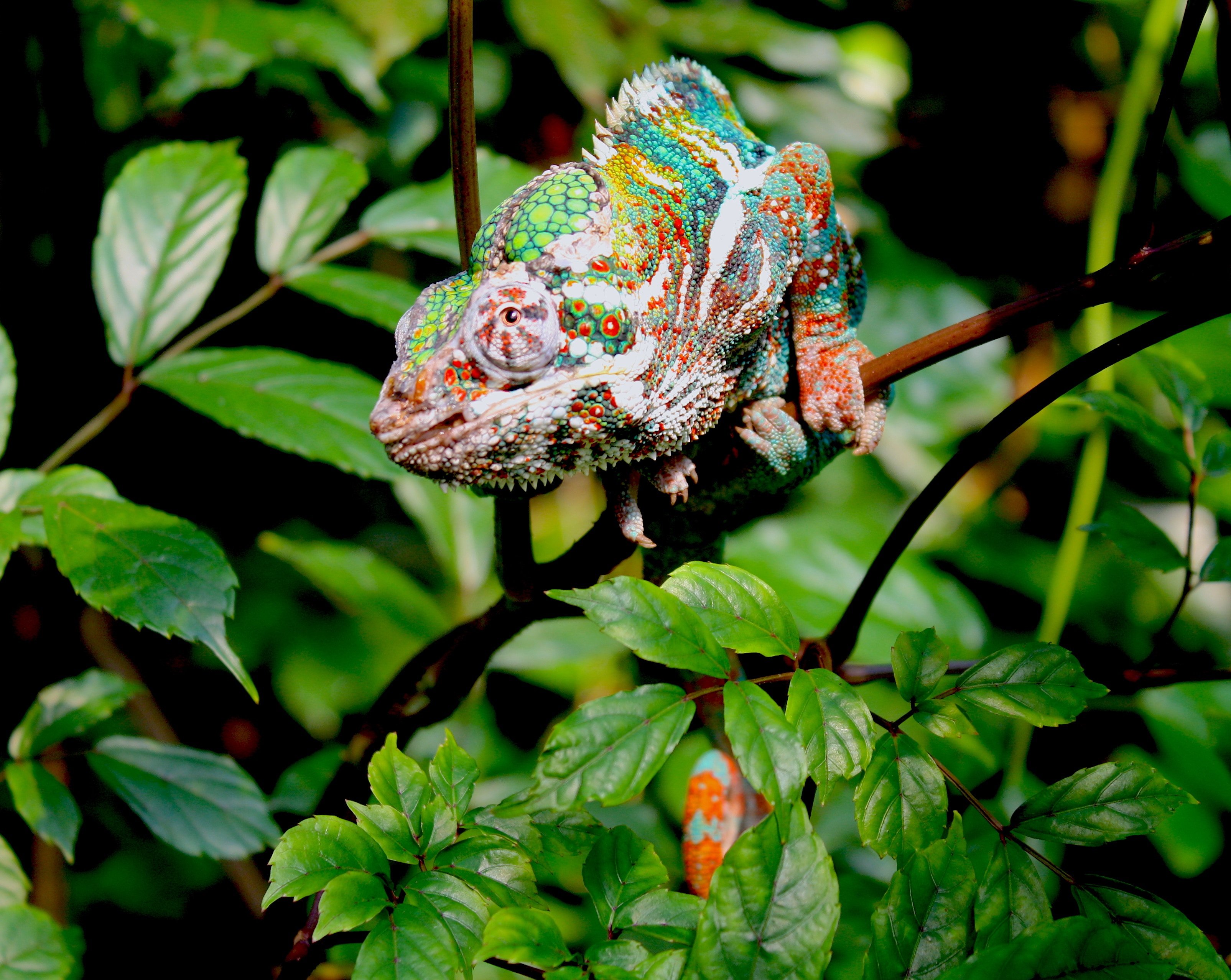
38. We persevere, even against the odds. How do you feel after watching this video of baby sea turtles making the treacherous journey from their hatching site on a beach to the ocean, despite the risk of predators? Reflect on a time you were brave in order to get where you needed to go.
39. We want to be treated with kindness. All sentient beings—from chickens and dogs to tigers and humans—feel pain, fear, loneliness, and joy, and we all want to be treated with kindness. Write about ways you show kindness to humans and animals.
